16 days. That was how long we needed to complete all of the planned tasks in the zone. Mainly aerial photographs in 4K. In the meantime, we visited several new places, leaving the best for the last day. The nuclear power plant.
But each in its own time.
EPIC SHOTS – EPIC CATASTROPHES
The aerial photos compliment the traditional film material perfectly. They allow us to reach previously inaccessible places or look at them from a completely different perspective. Just a few years ago, the only way to produce this type of photograph would have been to rent a helicopter. An expensive solution with a number of limitations, particularly in the Chernobyl Exclusion Zone. I became convinced of this two years ago whilst flying a Russian Mi-2. (LINK)
The ban on getting close to many places in the zone, the need to maintain the adequate ceiling or distance from the buildings. The ban on landing or reducing the ceiling for fear of stirring up radioactive dust. The same bans. Using a drone makes all these problems disappear. There are also some advantages. You can, for example, fly inside buildings, producing images that cannot be done with even the best slider or jib. And, most importantly: a drone crashing when taking some complicated shot will not result in the loss of life, but at the most a little money. :-)
But there is one drawback. A helicopter doesn’t need to be stopped anywhere, and the drones arouse the suspicions of police immediately upon entering the zone. Especially when there are four drones, and a permit has been issued for only two – Inspire 1 and Phantom 3. For the police officers, accustomed to having everything accounted for in the papers, this transgression means only one thing: a ban on entering the zone. Except, perhaps with two fewer drones. I have crossed hundreds of borders and an innumerable number of checkpoints, so I was not discouraged and quickly had an idea. I explained to the officers that ‘Inspire 1’ means that we have one Inspire and ‘Phantom 3’ means we have three Phantoms. Everything’s in order, right?
With me in the zone is Phil, who fans of Alone in the Zone will know from the aerial takes used in the film. This time, with drones equipped with 4K cameras, we have nearly a week to fly around the entire zone. We film Chernobyl, Pripyat, Chernobyl-2, Poliske and the forests and fields recently consumed by fire. We use Inspire 1 most often with the dual remote configuration. Thanks to this configuration, Phil can concentrate on piloting the drone and I exclusively on filming.
I quickly grew bored with this division of labour, however, and take control of the much sturdier Phantom 3. I decided to add some action to the shots. The first thing that came to mind was, of course, Chernobyl-2. Armed with the remote control and a backup battery, I climbed to the top of Duga. After several minutes, I was standing on top of the antenna, ready to launch the drone waiting 130 metres below. The height and lack of any kind of obstacles guaranteed above-average range for the machine. The additional battery allowed a second flight to be carried out. This is under the condition that I can manage to land it on top of the antenna, on a half-metre-wide strip of steel landing.
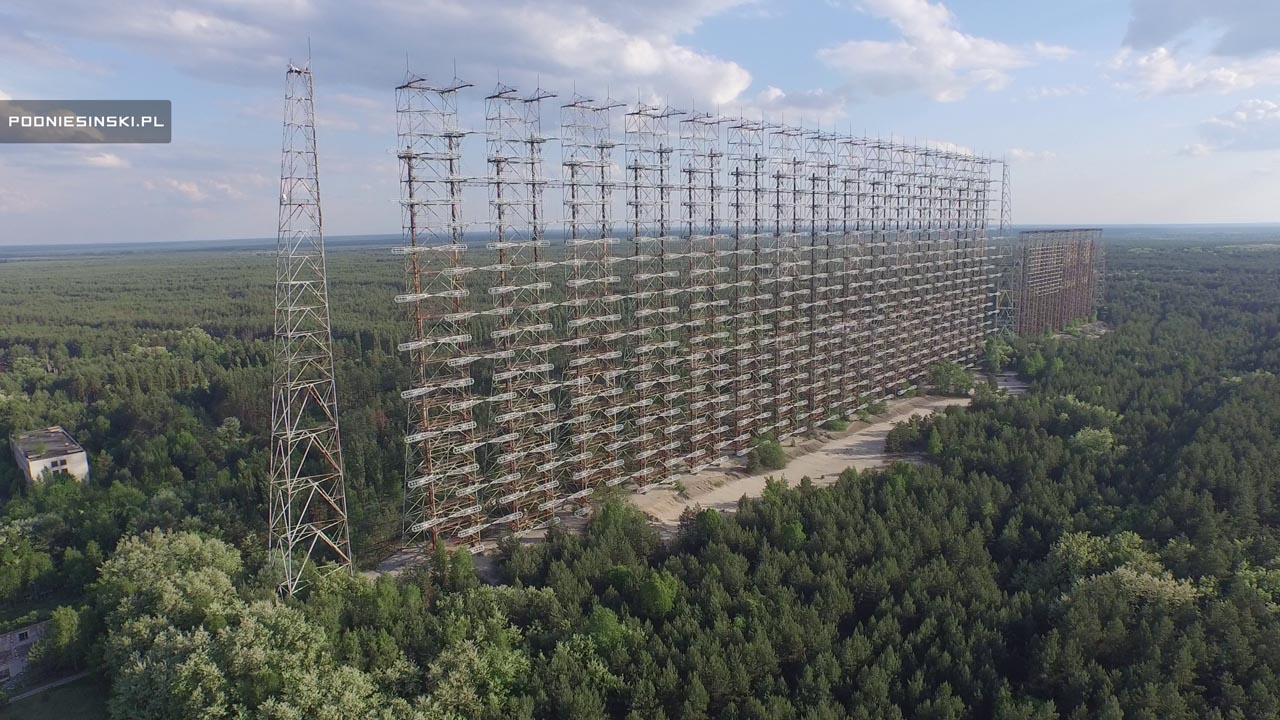
Controlling the drone from the top of the antenna. You can see me at the top of the fifth pole from the left.
I managed to land at the top of a DUGA, but completely on accident, by crashing the machine on one of the flight tests between two of the poles. It was only a stroke of luck that the drone did not fall 135 metres to the ground, but only crashed nearby, into the highest platform of the antenna.
The unfinished shots did not sit well with me, however, so several days later I decided to scale the antenna again and finish them. This time was a success.
Another time, I tried to extend the range of the Phantom in another way. I directed the drone from a moving car. In this way, I got to film a vast area that has recently been destroyed by fire.
DJI TEAM
During the time we did the aerial photographs, we were accompanied by the drones’ manufacturer (DJI), which was making a documentary about our flight in the zone. Mainly it’s of Phil; I was only the second pilot and operator. After all, who wants to make a film about crashing drones? :-)
A film about crashing drones might not be a half-bad idea; by the time the shots are completed both Phil and Paul also crash their drones. But in the end, crashing the drones is a way to perfect our flying. Luckily, there is a chance that from the destroyed drones, we can fix at least one. Mine. :-)
NEW PLACES
Of course, I could not miss taking time to visit places I had either never been to before or where I had been long ago.
Yacht club
I found the yacht club completely at random while looking for a suitable place in Pripyat where I could launch and fly out to the cranes.
Buriakivka
After more than 2 years, I was able to get permission to again enter the area of the disposal site for low- and medium-level radioactive waste in Buriakivka.
Coincidentally, among the hundreds of vehicles, I found a Joker, a German remote-controlled robot used to remove the highly radioactive remains of the explosion in Reactor 4. The removal of the radioactive debris found on the roof of the power plant was mainly carried out by Soviet STR-1 robots. But these robots, which were constructed on a lunar rover chassis, were only suitable for removing the less radioactive and rubble-covered parts of the roof (zones K and N). It was planned for the most radioactive region (zone M) to be cleaned up using German technology, the whimsically named Joker robot. High hopes were placed on it, as it was the last argument against using people to clean up the roof by hand.
The Joker was transported with great difficulty by helicopter to the roof of the power plant, where it was to start work. However, at the very beginning of the work, one of the caterpillars was struck by a fragment of graphite and the robot got stuck. It necessitated the use of people, who exposed themselves to high radiation as they had to pull out the robot using a hand wrench. All efforts were in vain, however, because the machine turned out to be faulty shortly after it was pulled out. Damage was sustained by the vehicle’s electronics, which could not stand the high level of radiation on the plant’s roof (120 Sv/h).
As it turned out later, however, the direct cause of the damage to the machine were Russian ‘informational’ activities – wanting to assure the world of the safety of their power plants, they reduced the radiation level by a factor of 10. As a result, the German scientists, unaware of the actual radiation level, incorrectly programmed the robot, whose electronics were quickly destroyed by the radiation. The robot became useless.
People had to step into action. They had to do a job that no robot was able to do. Hence their name of biorobots. They dressed in homemade costumes of lead plates, each weighing approx. 25 kg and covering the most important parts of the body – the torso, head and genitalia. Working only with the aid of shovels and sometimes only with their hands, they cleared the roof of the power plant of rubble, graphite and other remnants of the reactor. No one before them had ever worked in such highly radioactive conditions. It has been calculated that they could only work on the roof for a maximum of 2 minutes, and in particularly radioactive places only for a few dozen seconds. For this reason, nearly 4,000 people were needed to complete the task. Many people were weakened during this task, experiencing nosebleeds and later had health problems for the rest of their lives. It is estimated that 10% of the roof was cleaned by robots, and the remaining 90% by human hands. As a reward for the work they had done, they received a certificate along with thanks and wishes for good health and long life. Everyone also received a bonus of 800 roubles (approx. $800), although other sources say they received eight times less.
The landfill is also where the wreckage of the helicopters from Rosocha were transported. Together with the wrecks of the vehicles protruding from under them, they form a surreal sight.
Comprehensive information and more pictures of the Rosocha helicopters can be found in the photo-reportage from December 2012 THE HEROES OF A NONEXISTENT COUNTRY.
The Circle
I decide to go to the auxiliary Duga radar system, known as the Circle, located not far from the Chernobyl-2 complex. I want to check a rumour about the disappearance of the antennas that supported the operations of the main Duga complex. When I visited this place exactly a year ago, half of the 240 antennas were still in place.
This time there was not a single one.
Pictures of the still-standing antennas can be seen in my report from May 2014 – OFF THE BEATEN TRACKS
Fortunately, the two main antennas of the over-the-horizon-radar Duga located in the Chernobyl-2 complex are still standing. There are certainly those eager to cut them; several years ago some of the dipoles had already been cut up for scrap. Apparently, the work was interrupted due to the excessively high costs for their elimination, particularly the high-altitude work. Secondly, it would seem that a simpler method to eliminate the antennas, which consisted of blowing them up and later cutting them up for scrap, also could not be used. The shock from the antennas’ collapse could be unsafe for the sarcophagus covering the destroyed reactor located nearby.
Chernobyl-2
Each time I visit Chernobyl-2, I try to set aside some time to search for entrances that may lead to the underground parts of the complex. Some people have suggested that at least one underground bunker is located in Chernobyl-2, which is also confirmed by the uneven terrain in different parts of the complex.
This time was without major successes. Does anybody have a ground-penetrating radar to lend?
MONUMENTAL ART IN PRIPYAT
In the times of the former Soviet Union, realistic or abstract forms were used as artistic and colourful accents for many buildings. Thanks to these, the square, grey buildings became more interesting, just as how streets would take on glows and colours from neon lights.
Gable ends and entrance parts of many school buildings and cultural centres were located under mosaics. The reasons for the popularity of mosaics were quite clear. The decorative technique was relatively simple and readily available – it was enough to smash up some glazed tiles or use ceramic scrap material to prepare the materials. The durability of the colours and the ease of maintaining the mosaics were also important advantages. The government at the time also had a major influence on their creation and popularity, as they took care of culture to a much greater extent than today.
Three of the most beautiful mosaics in Pripyat can be found on the city’s main street. They are particularly impressive because they were made on curved surfaces. In fact, they are low reliefs adorned with mosaics than just simple mosaics. Their creator is Ivan Lytovchenko (1921-1996), a Ukrainian-Russian artist renowned for monumental decorative artwork.
For nearly 30 years, the mosaics of Ivan Lytovchenko have deteriorated, hidden among the increasingly thick bushes and trees. Trees, whose roots destroy the cement mortar to which the ceramic tiles are glued. Bushes, whose branches dig into and irrevocably destroy the mosaics’ delicate structure. And this is all further compounded by rain washing away the cement mortar. The mosaics are left to the mercy of Mother Nature and will soon disappear forever, only to be known from archival images.
Therefore, we have decided to try and extend their existence a little and expose and show their beauty to others. In defiance of those advocating leaving them alone so they collapse along with the entire town. In defiance of all those defenders of nature, of the bushes and trees. They will grow; the mosaics will not.
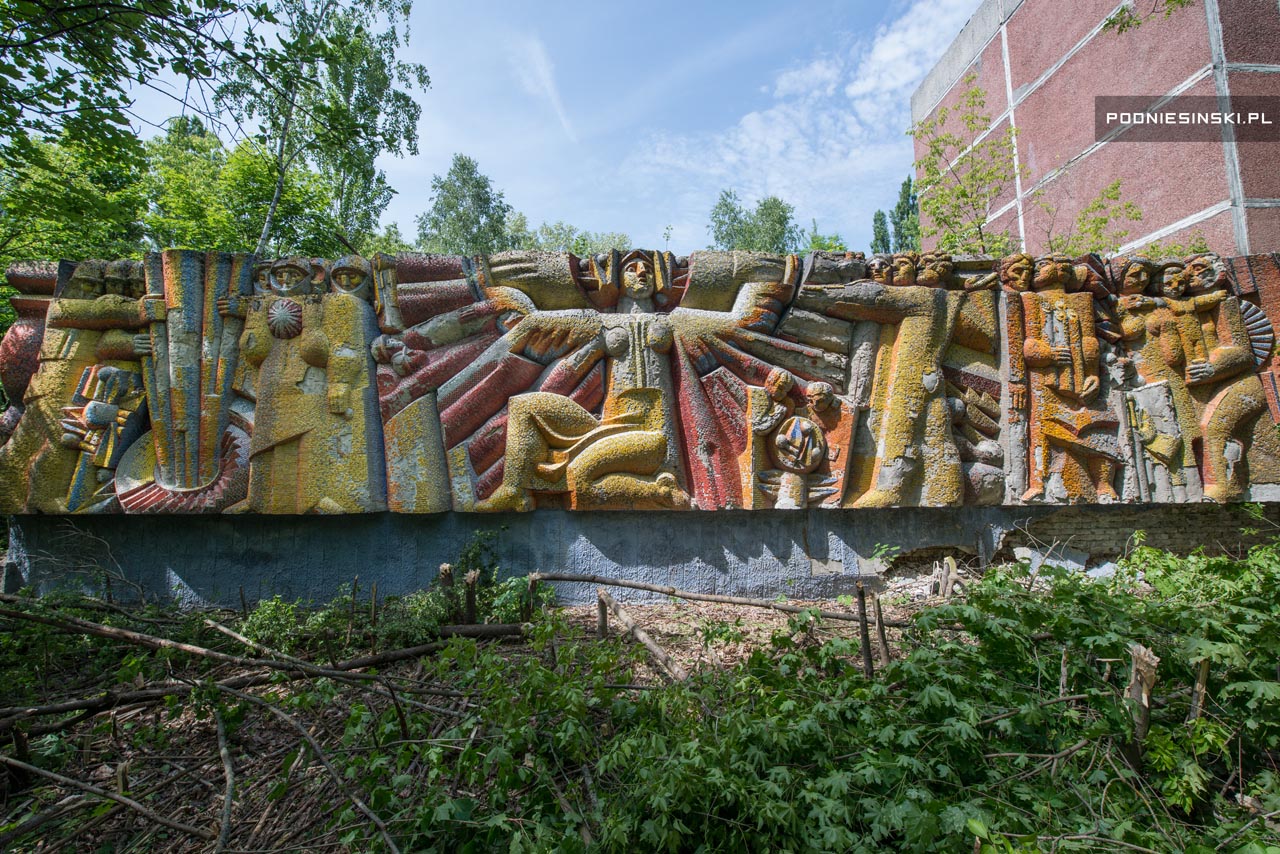
The exposed mosaic. In the central part is Demeter, the Greek goddess of the harvest and fertility of the earth. On the left is a motif for using atomic energy.
Today, such mosaics are no longer made. Today, buildings are built with walls that are only used to advertise products to increase their sale. In such places, there is no room for a mosaic or any other kind of decorative art – they are only advertising.
THE NUCLEAR POWER PLANT
After a few years break, I again return to the nuclear power plant, this time as part of the project “The Zone in 4K”. This time, I am able to visit many more places.
The main reactor hall – the heart of the nuclear power plant and place where nuclear energy was created. The central place consists of a 15-metre ring divided into 1884 square blocks. They contain within them fuel channels and channels for control rods leading to the reactor located several metres below.
Next to the reactor is the refuelling machine. Using a remote-control gantry device, it moves over a selected fuel channel and extracts the used fuel unit (and inserts a new one). It continues on to the used fuel pool a few metres away. There are still carrier rods in the pool.
The control room – if the main reactor hall is the heart of the nuclear power plant, the control room is its brain. This is the place where the operation of the reactor and the most important systems in the power plant were controlled.
I also visited the control room for Block 4, where a failed experiment led to the catastrophe of 1986.
Turbine hall – this is where the final transformation of the thermal energy coming from the splitting of atomic nuclei into electrical energy takes place. This is done with two large turbine generators of more than 500 MW each fuelled by steam coming from the heating of water by the reactor.
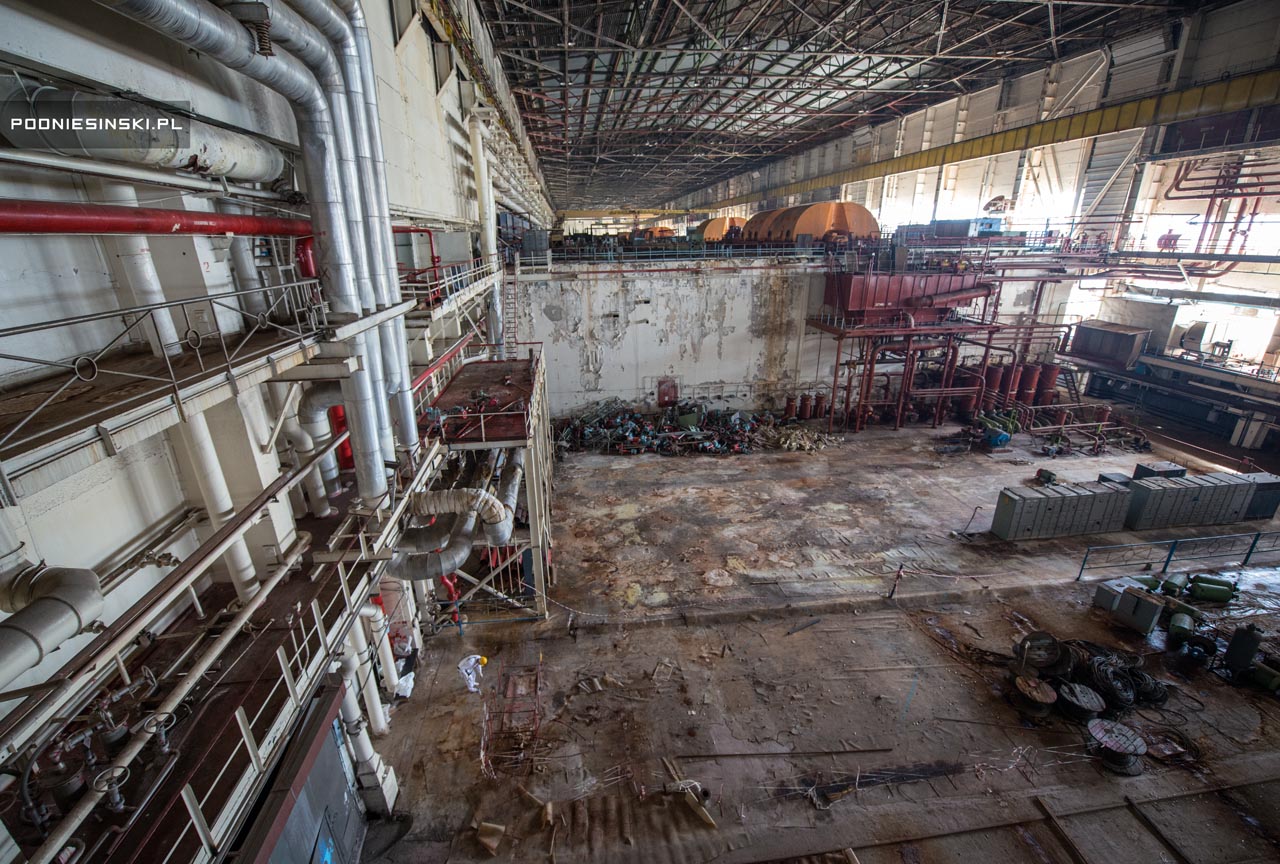
Turbine hall. At the bottom of the photo you can see a dosimetrist who checks the level of radioactive contamination.
Circulation pumps – the cooling of the reactor was ensured by two loops. Each circuit was designed to cool one half of the reactor and consisted of 4 circulation pumps. Three of them were used for normal work. One pump was in reserve in the event of any damage to the three others. Each set of 4 circulation pumps was connected to one turbogenerator.
Crisis centre – located in an underground bunker and constructed according to the norms for bombproof bunkers. The centre was to be mobilised by the director of the power plant or the shift manager in the event of the power plant’s malfunctioning. All of the essential systems are then activated and a crisis team is called in. It was from this place that emergency actions were directed during the meltdown in 1986. The centre was kept constantly at the ready, one a month a test of all systems was conducted and simulations with the centre’s employees were held twice a year. Training for the crisis team, but without the participation of the permanent employees, was held twice a year as well.
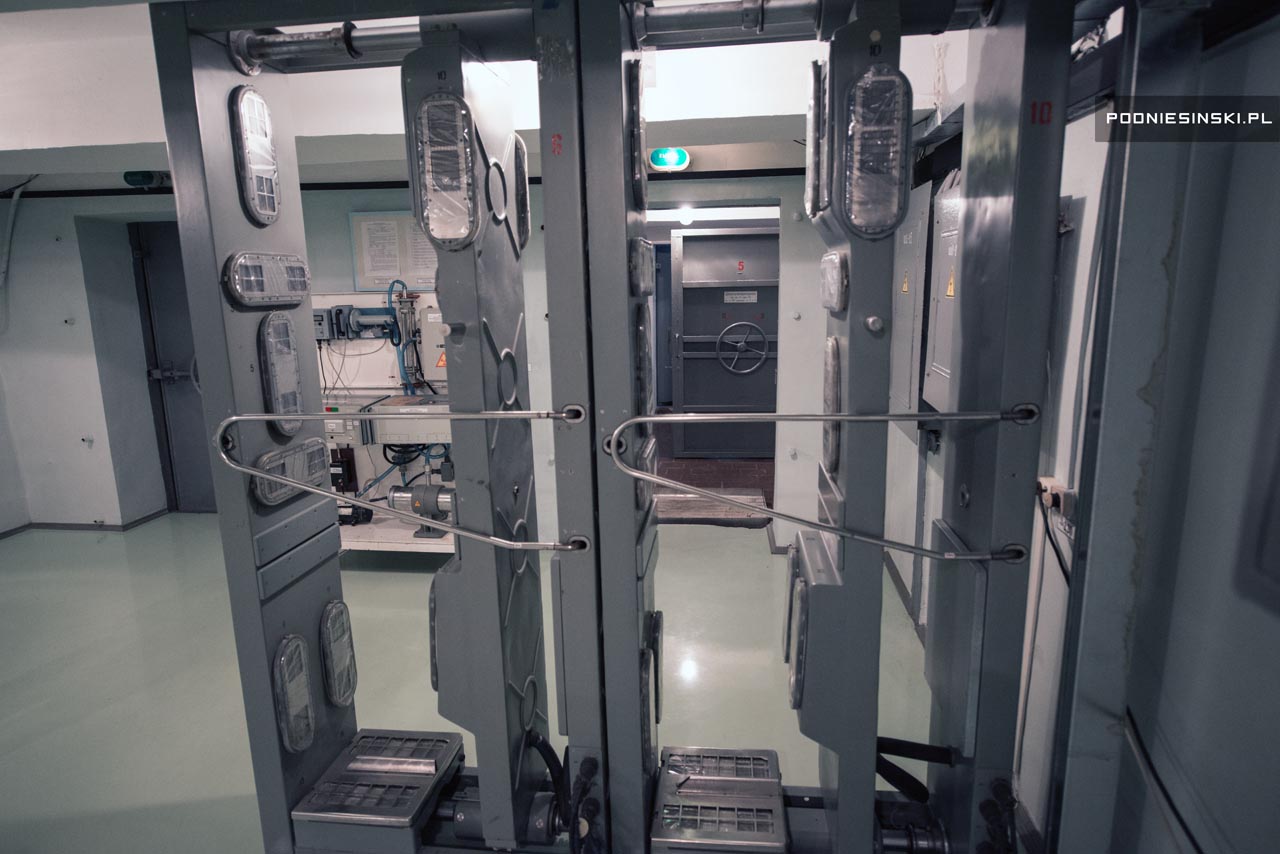
Dosimetry control system – dosimetry gates, behind which is the remaining dosimetry equipment and the air control system
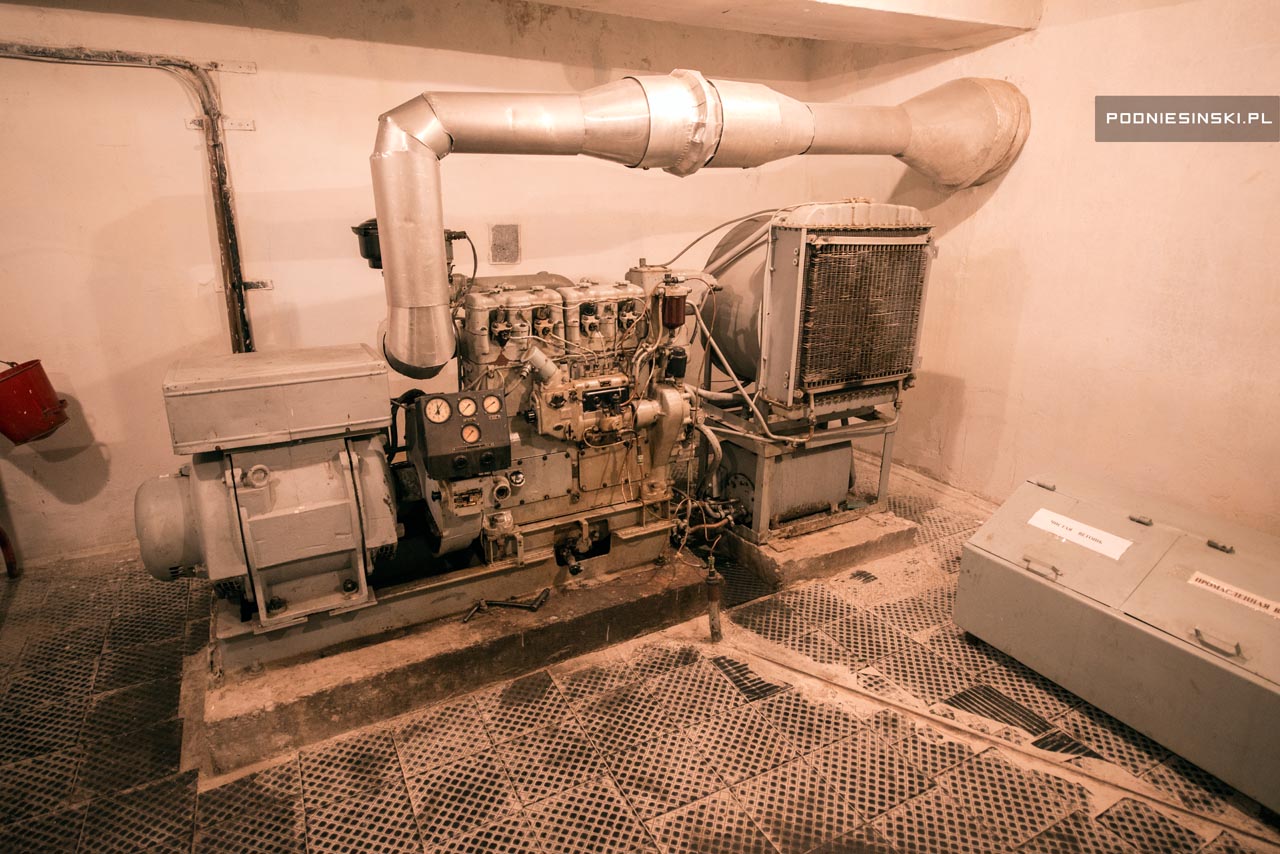
The power generator (40kW) provided energy for the entre crisis centre (computer system, ventilation, water security system, etc.). Intended for 3 days of uninterrupted work.
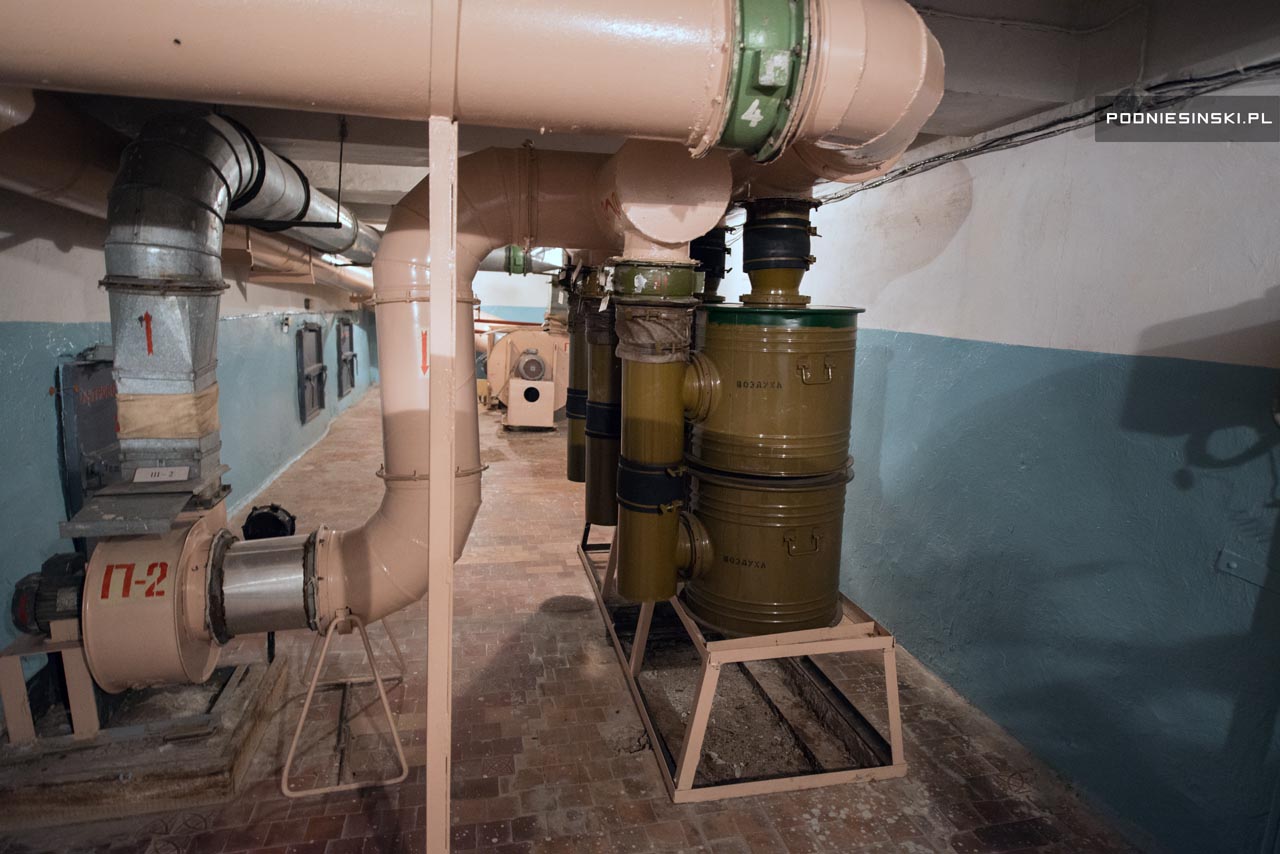
The bunker had 2 ventilation systems installed, one forced air through filters to the bunker and the second drew air out. Productivity – 1500 people or 750 people when FP300 filters were used. They purify the air from the majority of poisonous gases as well as radioactive contamination.
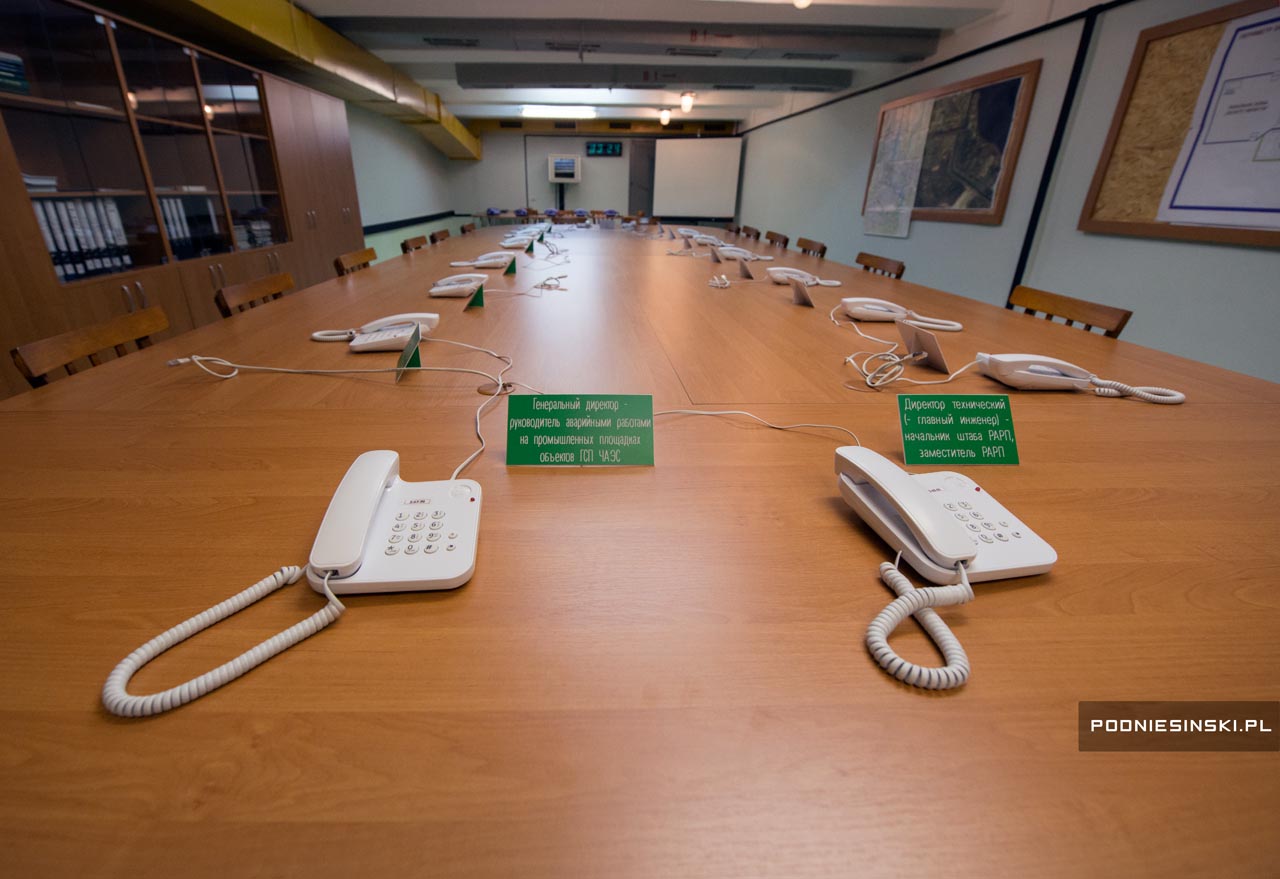
The main room where the crisis management team was to meet. The chief executive and other directors sit around the table.
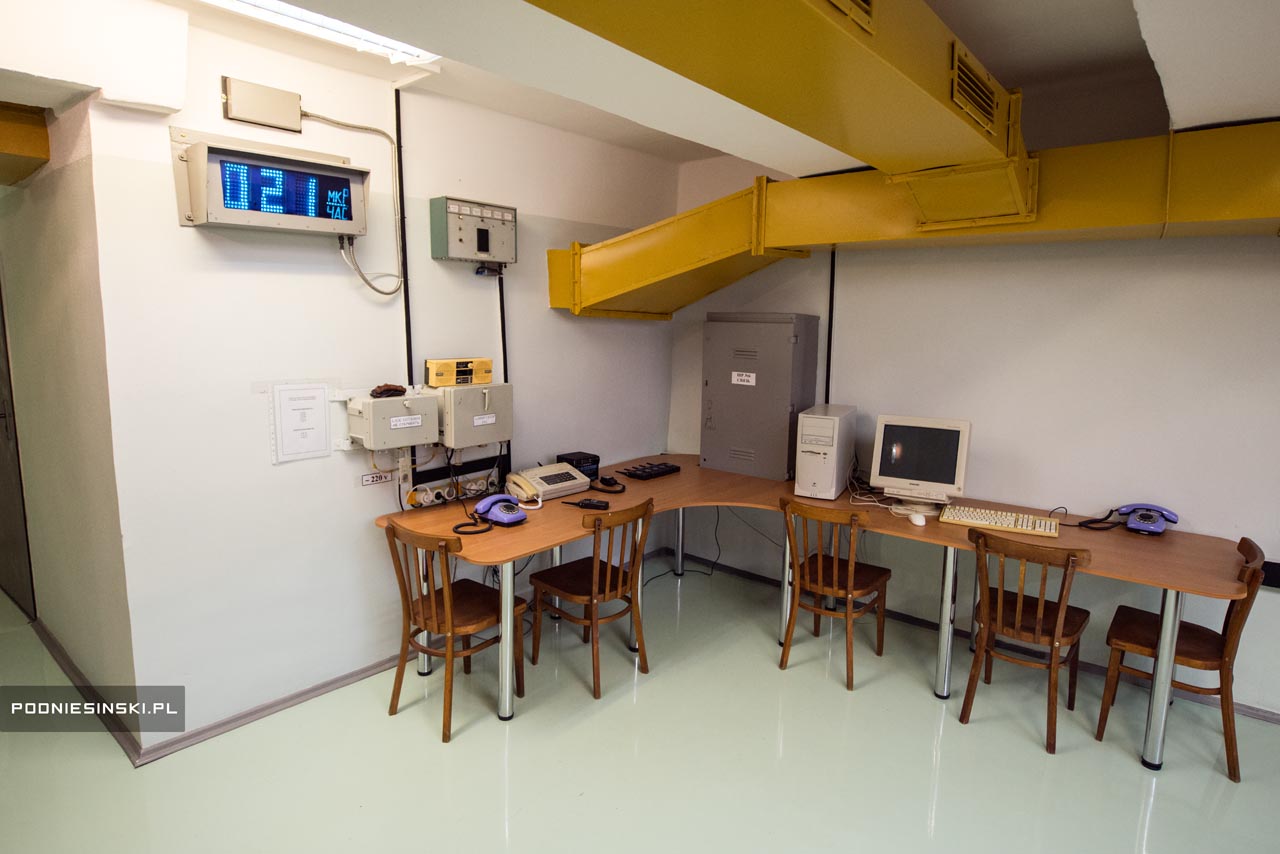
Communication centre – used for external communications. There is also a speakerphone system that was connected with all of the places in the power plant. It had a separate, independently powered line that was to work in any situation.
NEW SAFE CONFINEMENT
I also received permission to enter the area of the New Safe Confinement

New Safe Confinement construction site – you can see the concrete wall separating Block 4 from the building site, which is designed to reduce radiation levels there
WHAT’S NEXT?
Finally, it was time to head to the place I had long been preparing to go. To take a helmet camera and do something I have been constantly putting off. And likely what everyone was waiting for. Not only that, when you read this, I’ll be there…
If you want to stay updated and see photos before you get the reports, follow me on Facebook or add me to your friends. Some of the posts will be only for these groups.
P.S. I promise not to break any more drones. :-)
P.P.S. If you are a photographer, filmmaker or researcher and would like to join the next trip to Chernobyl in the autumn, write a few words about yourself and send to: arek (at) podniesinski (dot) pl.
PREVIOUS PHOTOREPORTAGES FROM THE ZONE:
2015 – WINTER IN THE ZONE
2014 – THE ZONE IN 4K
2014 – OFF THE BEATEN TRACK 2
2013 – OFF THE BEATEN TRACK 1
2013 – ALONE IN THE ZONE 2 – BEHIND THE SCENES
2013 – ALONE IN THE ZONE 2 – PREMIERE
2013 – LONG WEEKEND IN THE ZONE
2012 – HEROES OF A NON-EXISTANT COUNTRY
2011 – REACTOR 4
2011 – LITTLE REACTORS
2011 – ALONE IN THE ZONE 1 BEHIND THE SCENES
2011 – ALONE IN THE ZONE 1 – FILM
2010 – ALONE IN THE ZONE 1
2010 – VICTORY DAY
2010 – CHERNOBYL 3RD EXPEDITION
2009 – CHERNOBYL 2ND EXPEDITION
2008 – CHERNOBYL 1ST EXPEDITION




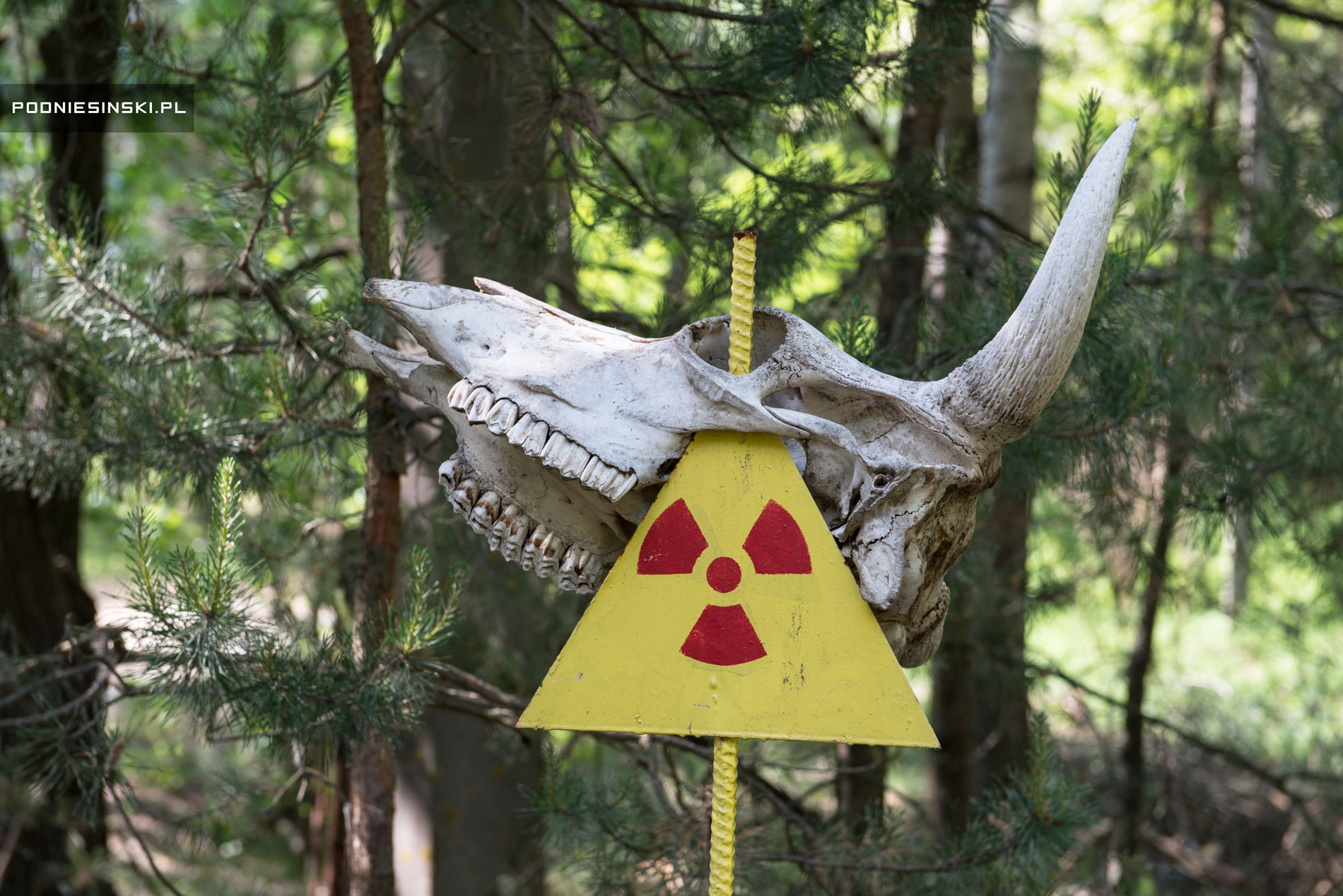
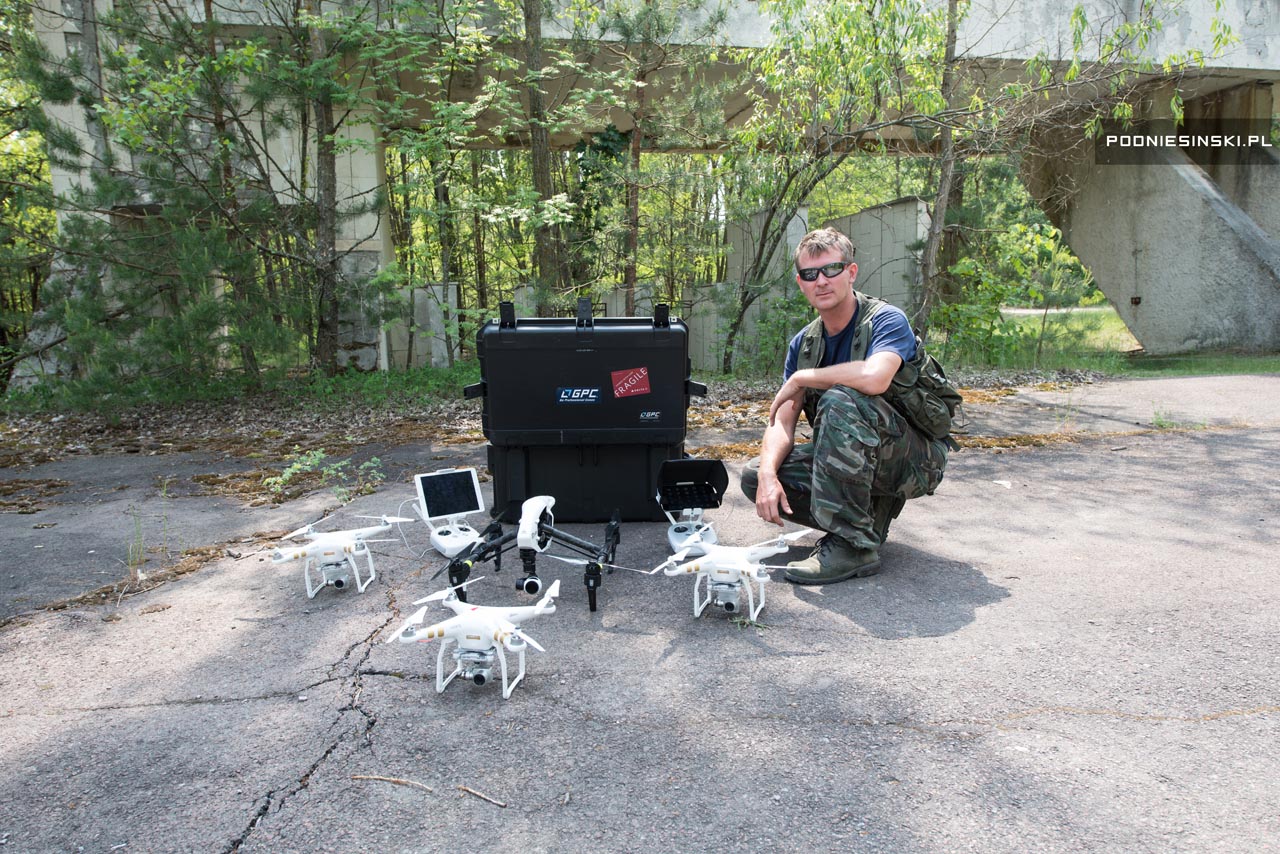

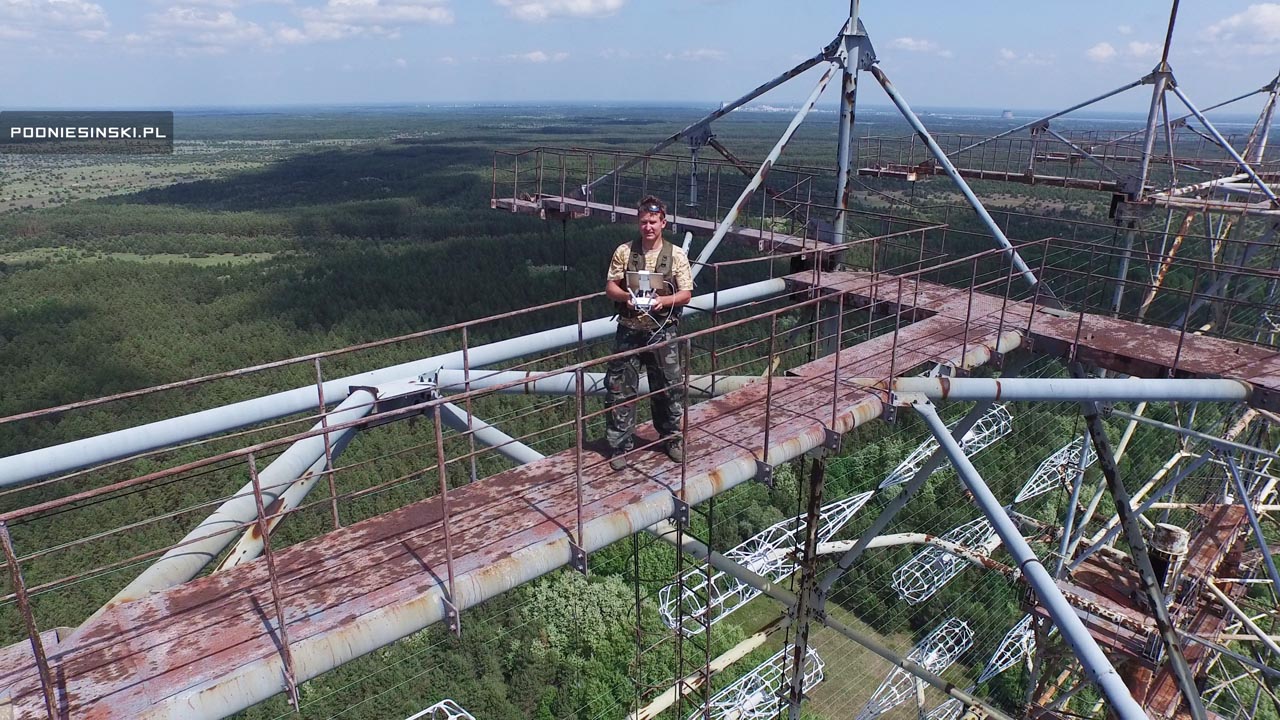
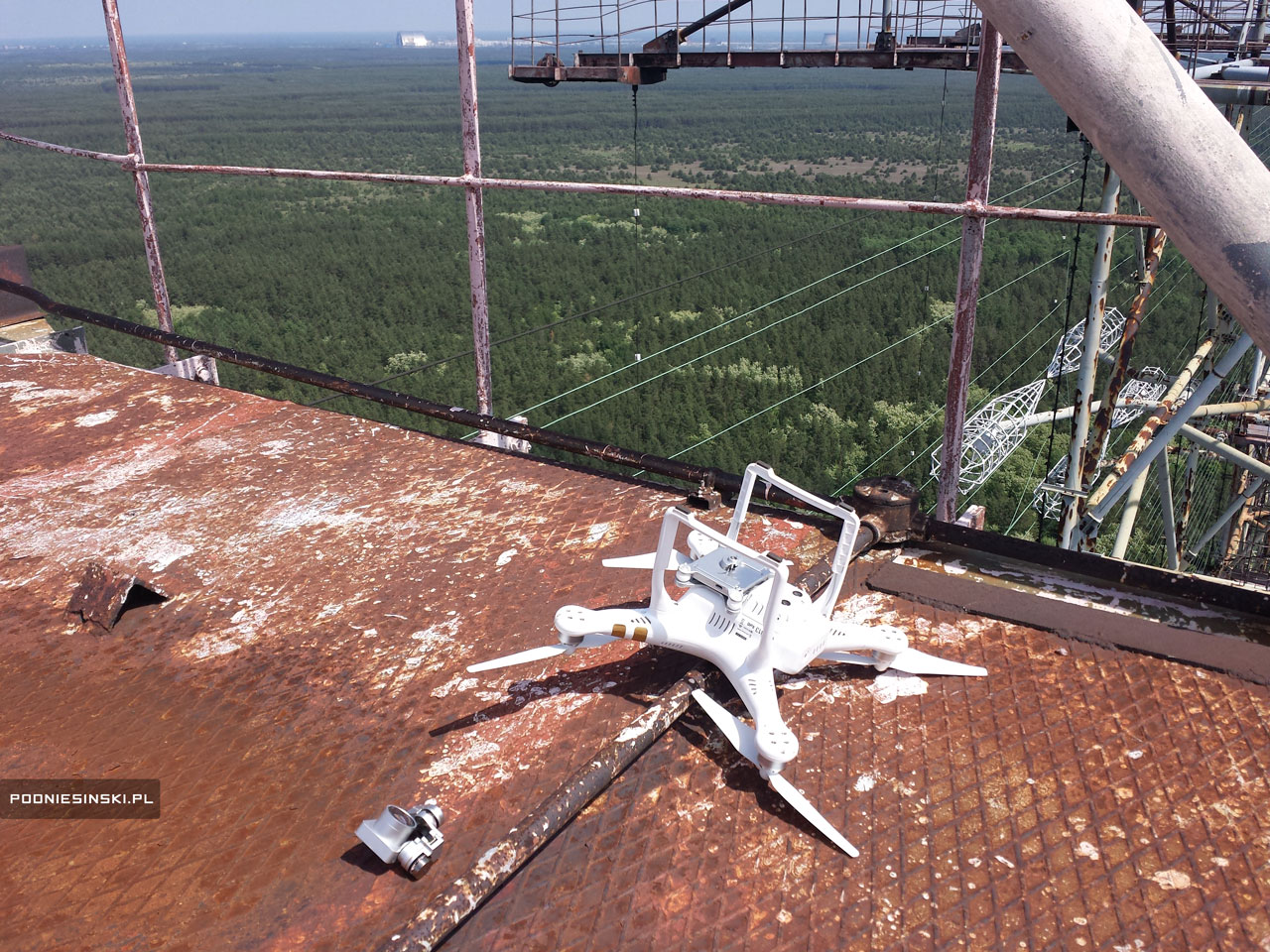
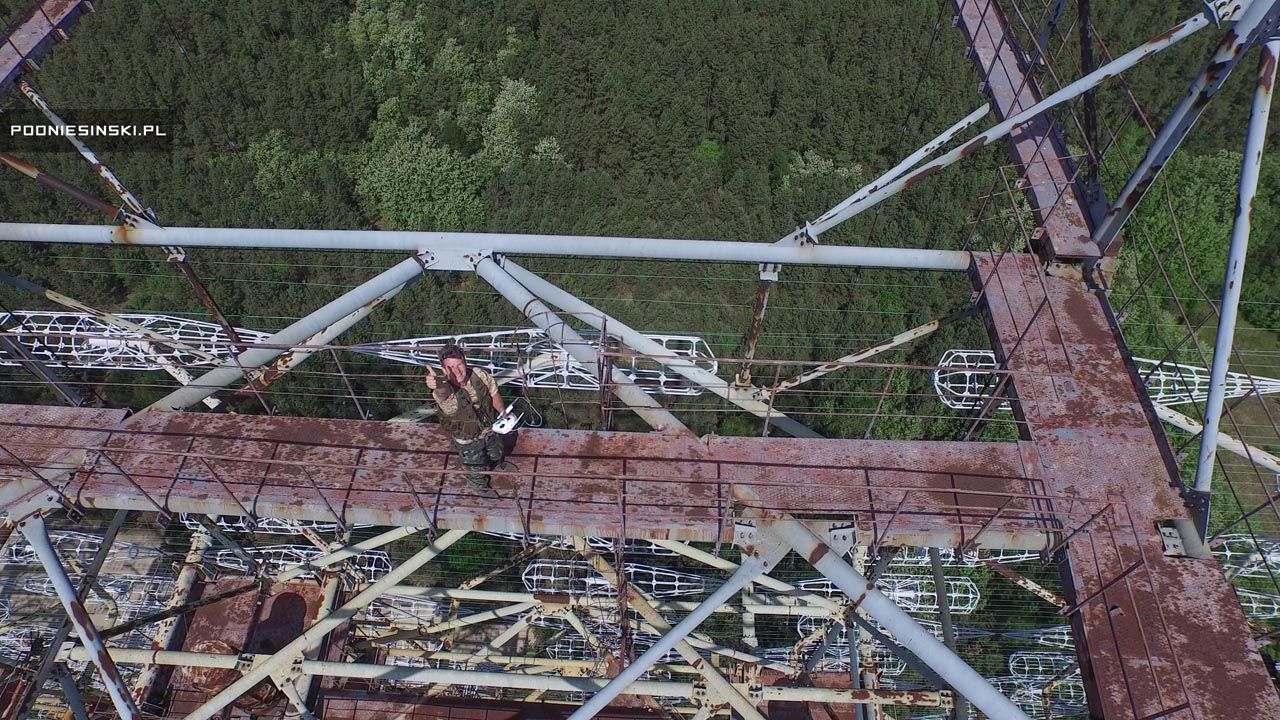
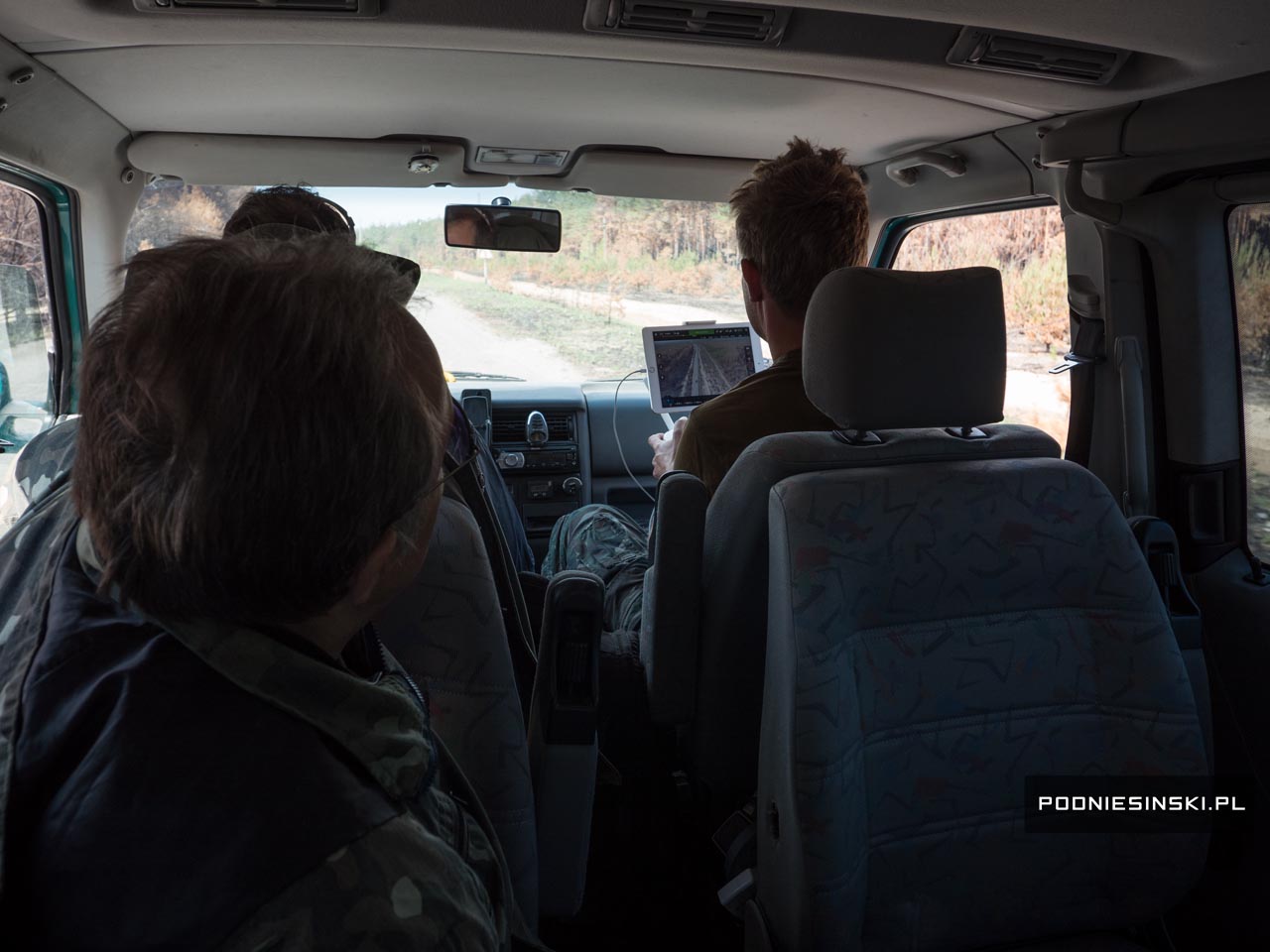
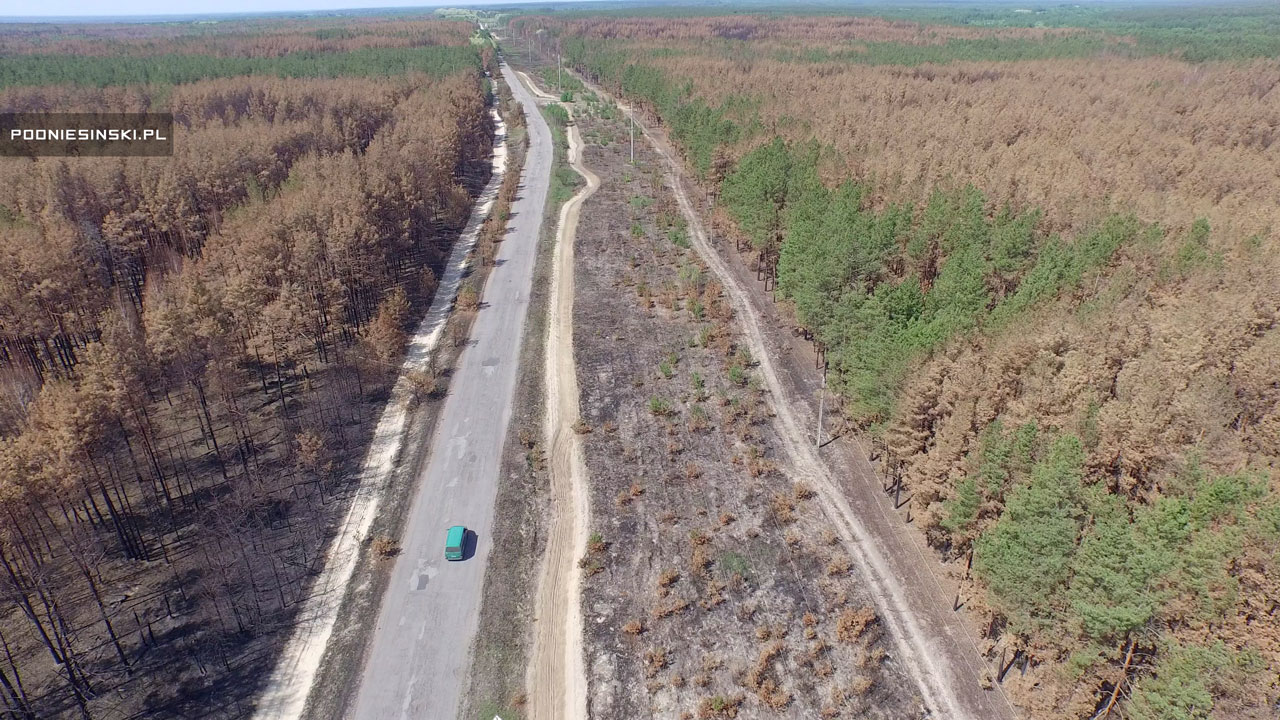

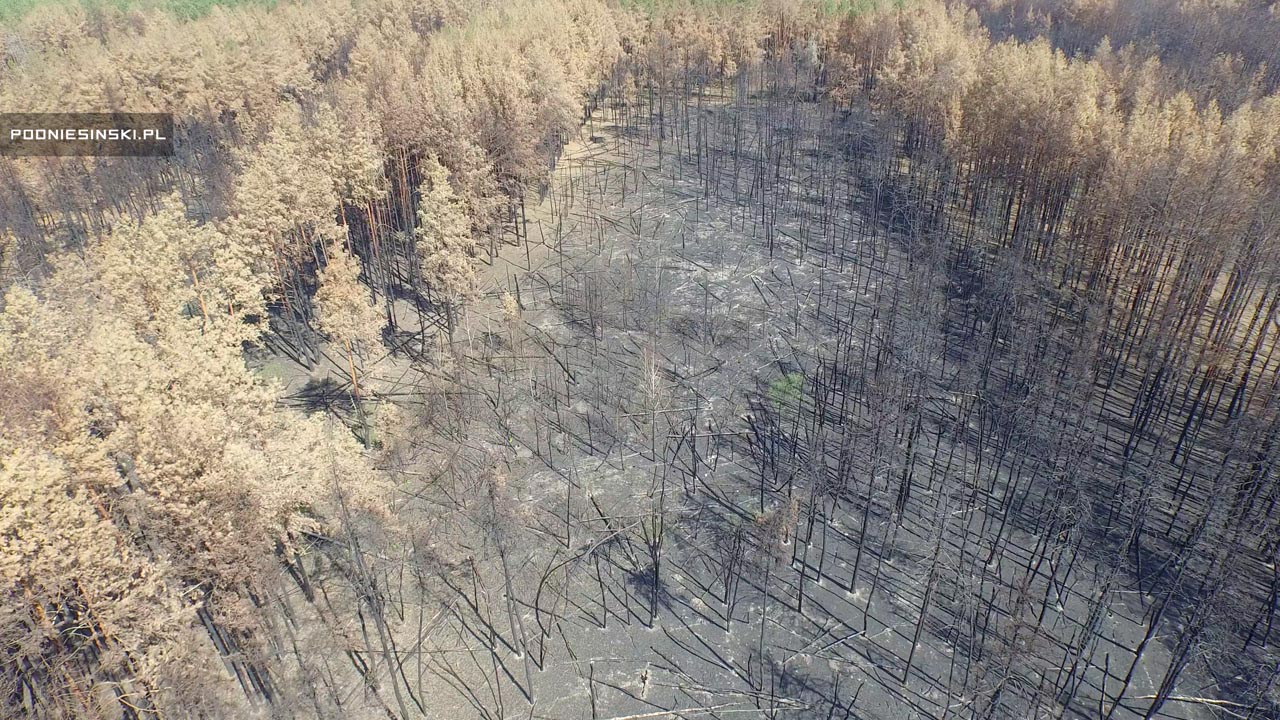

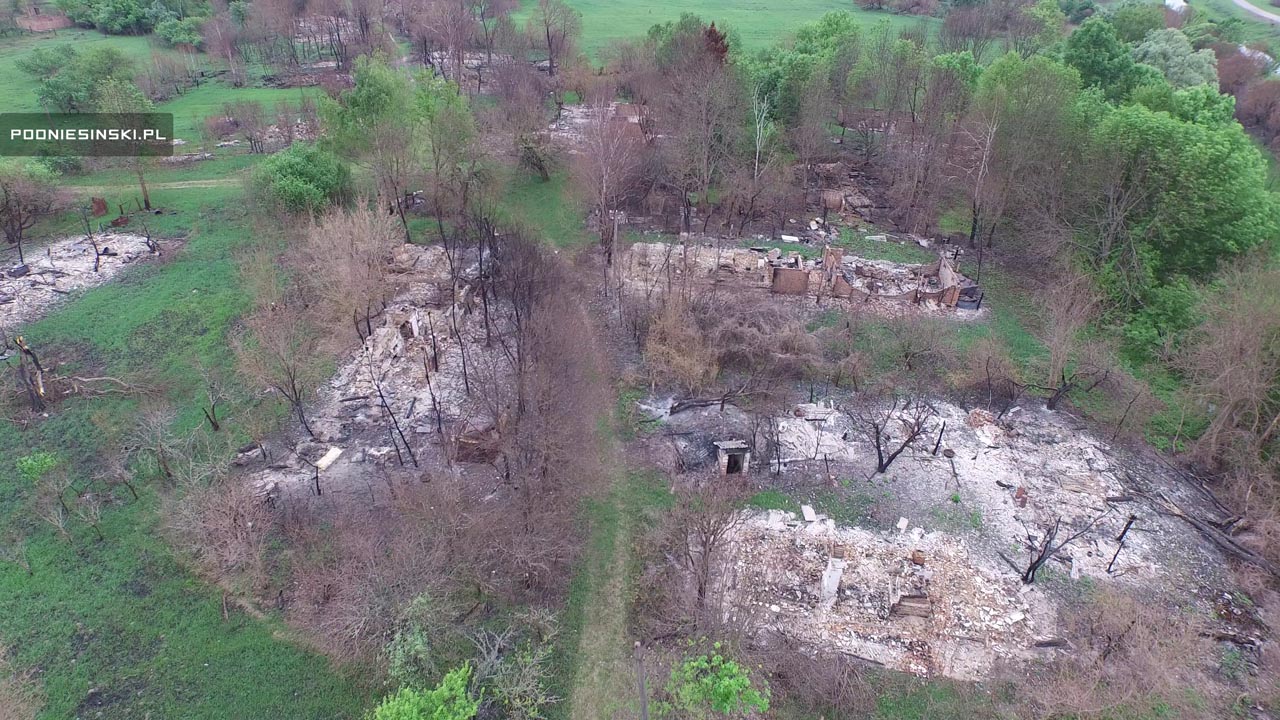
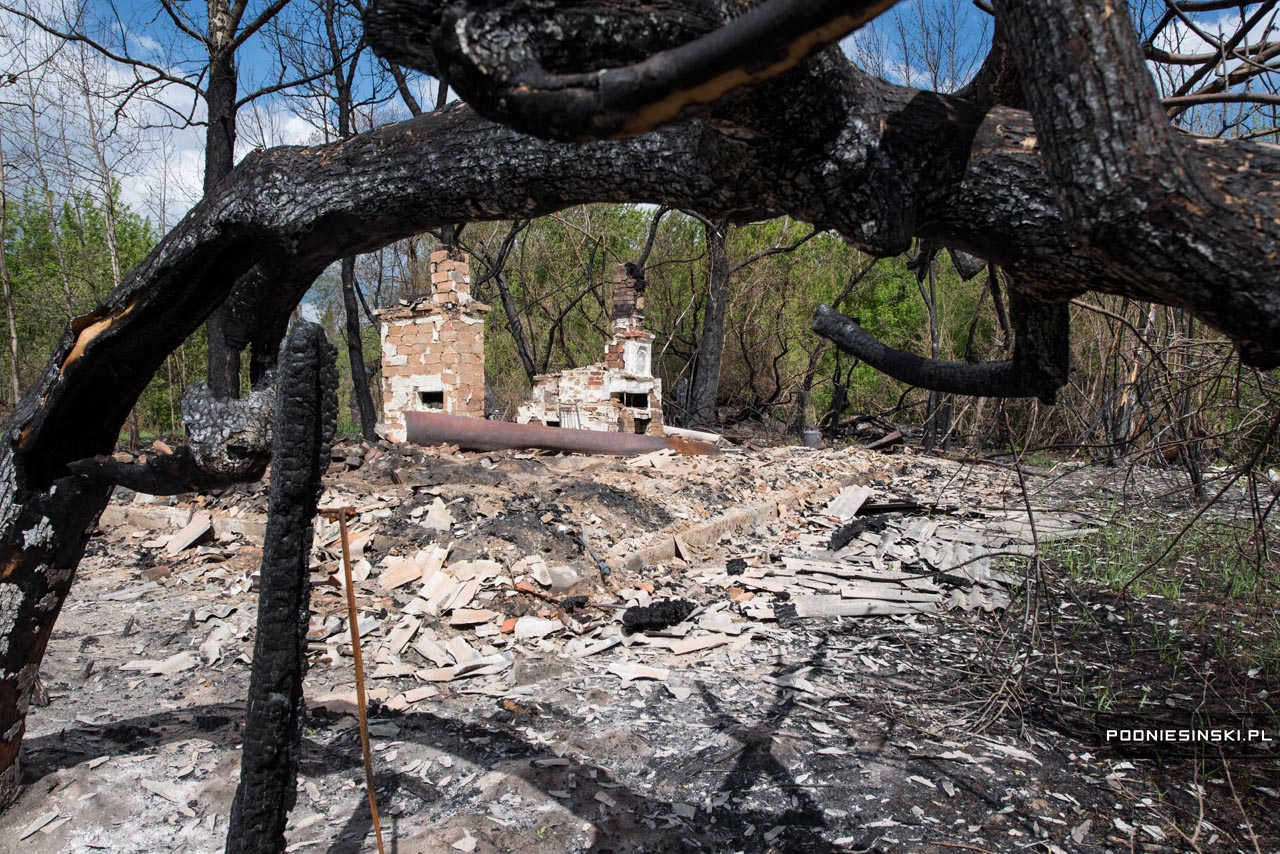
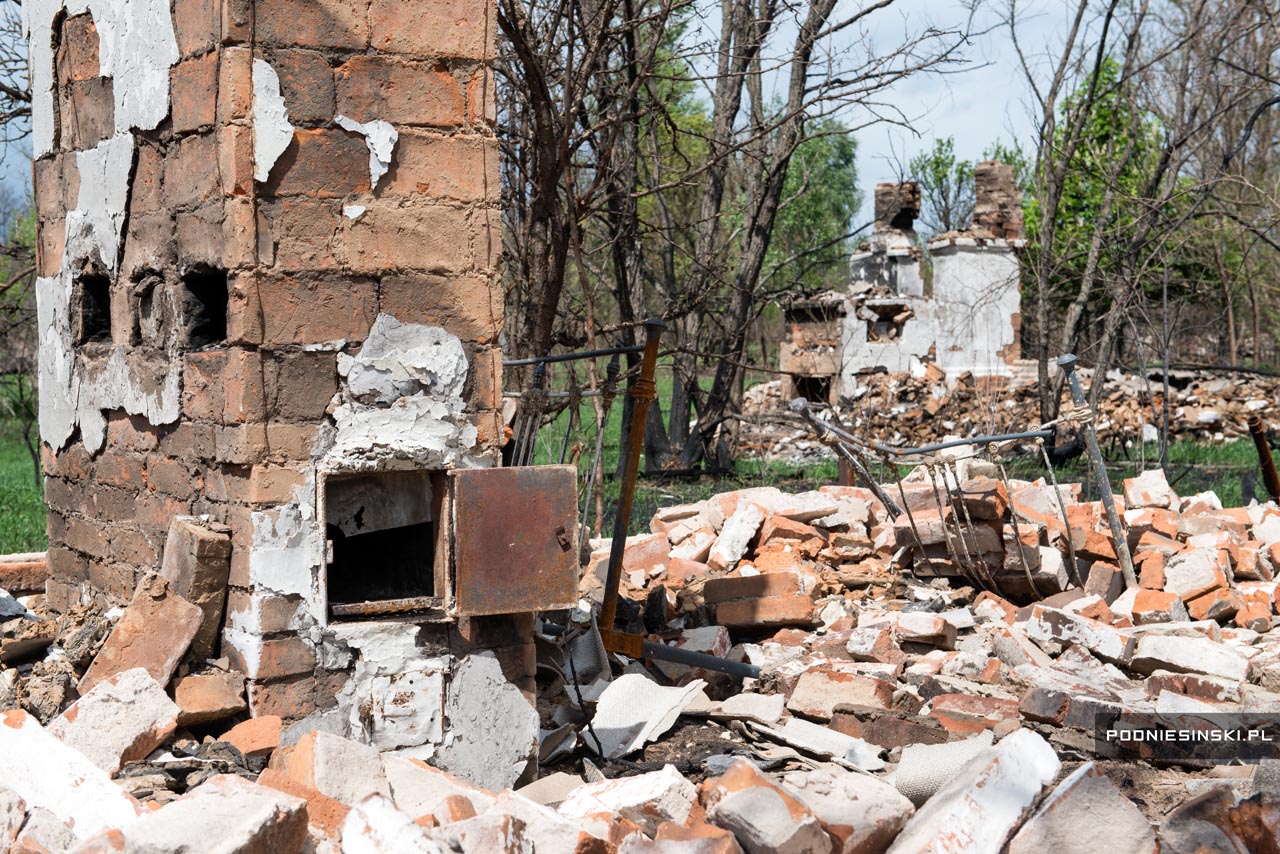
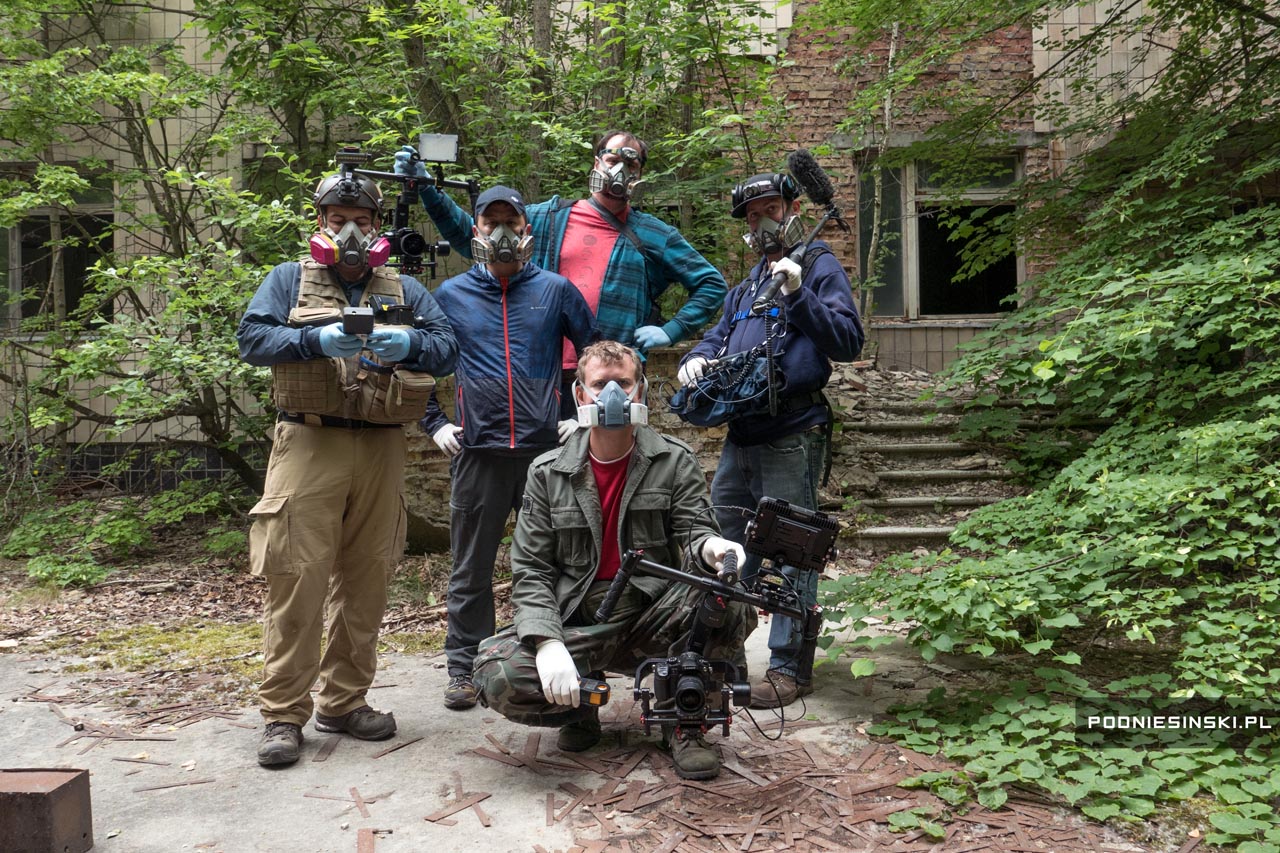
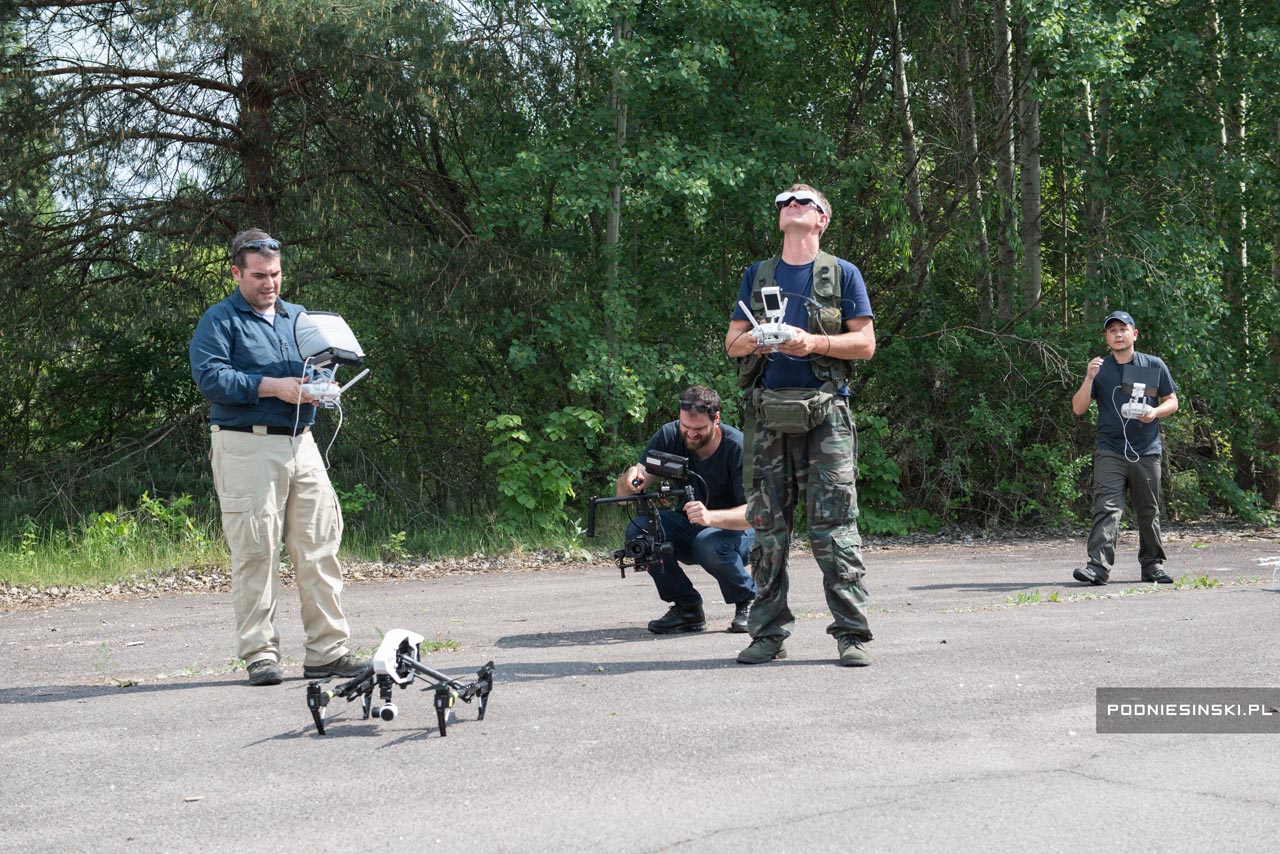

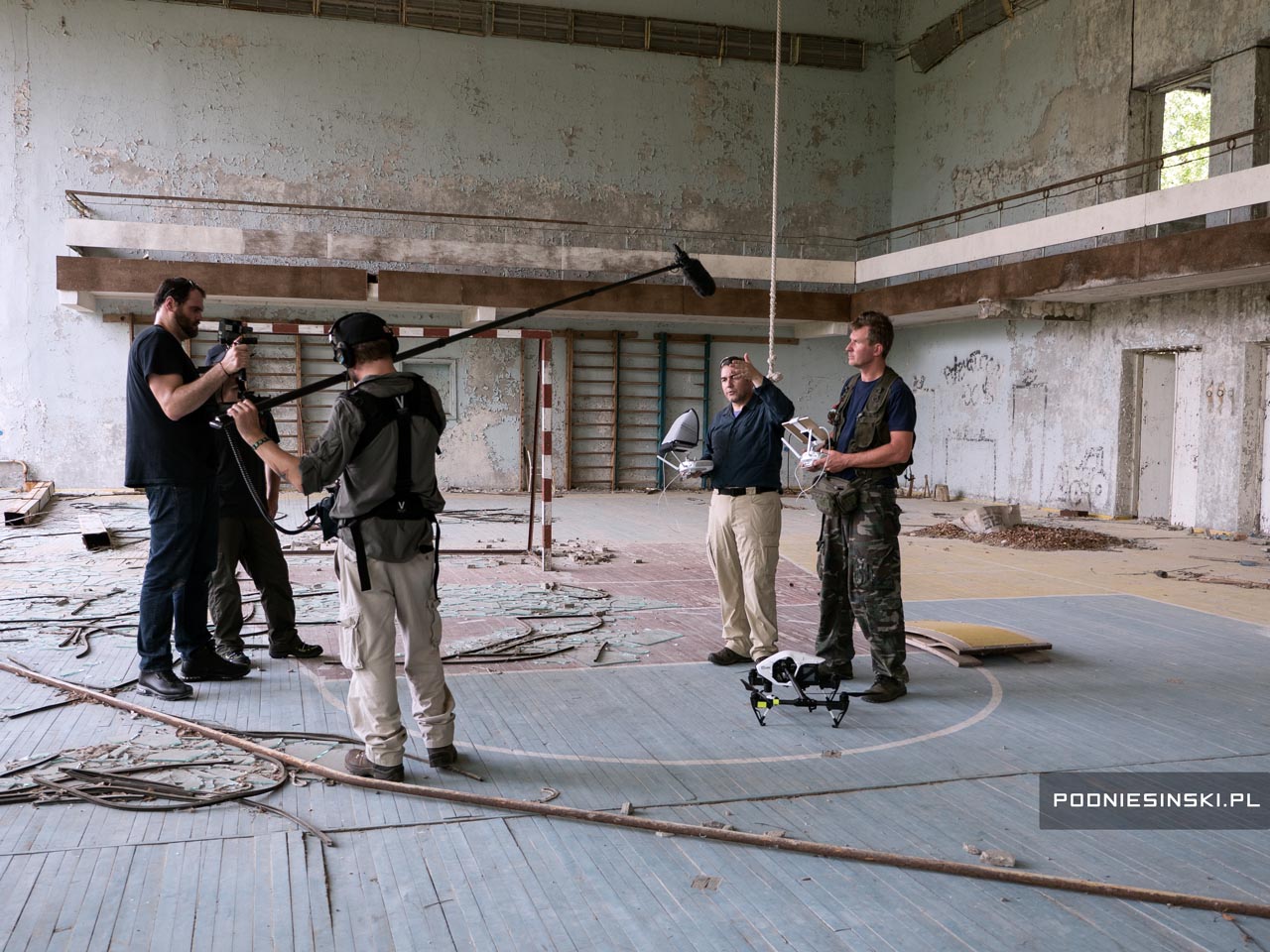
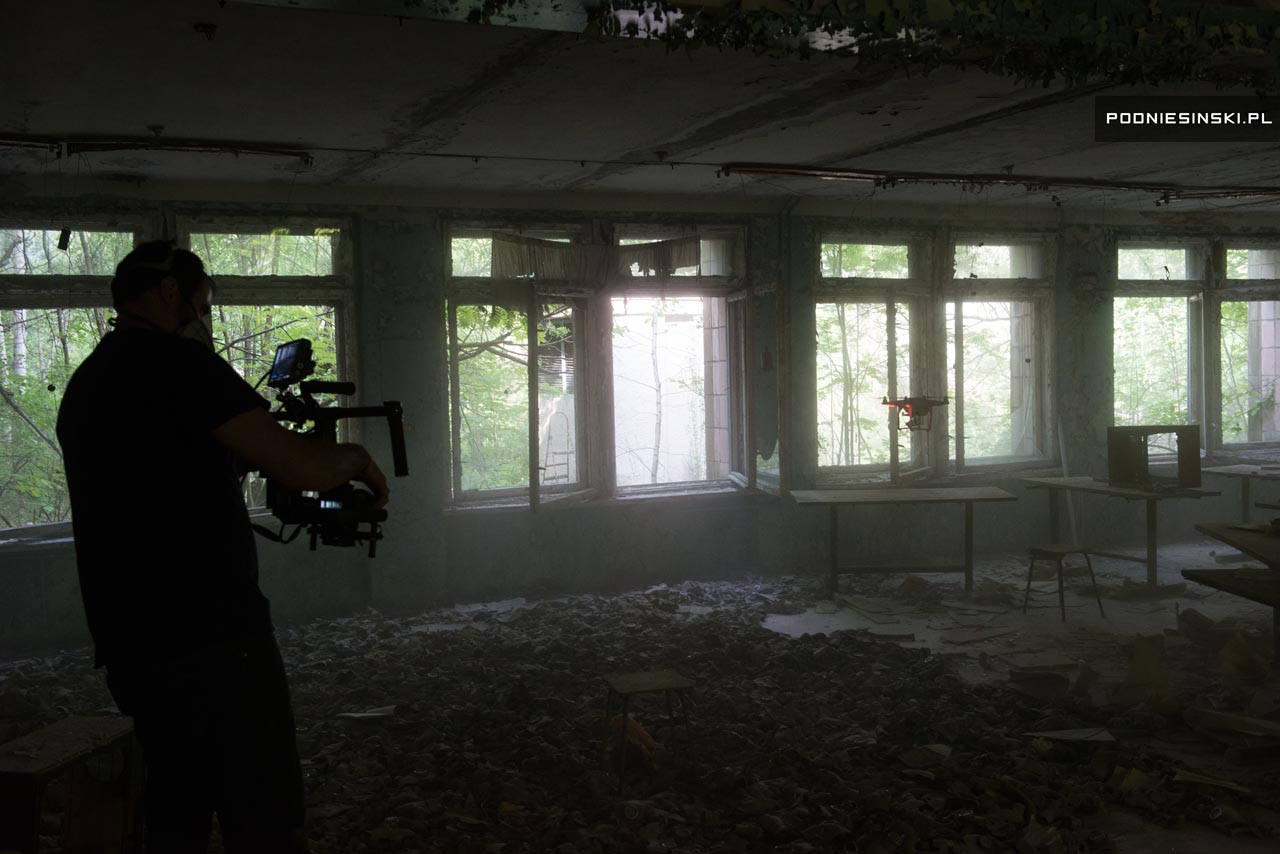
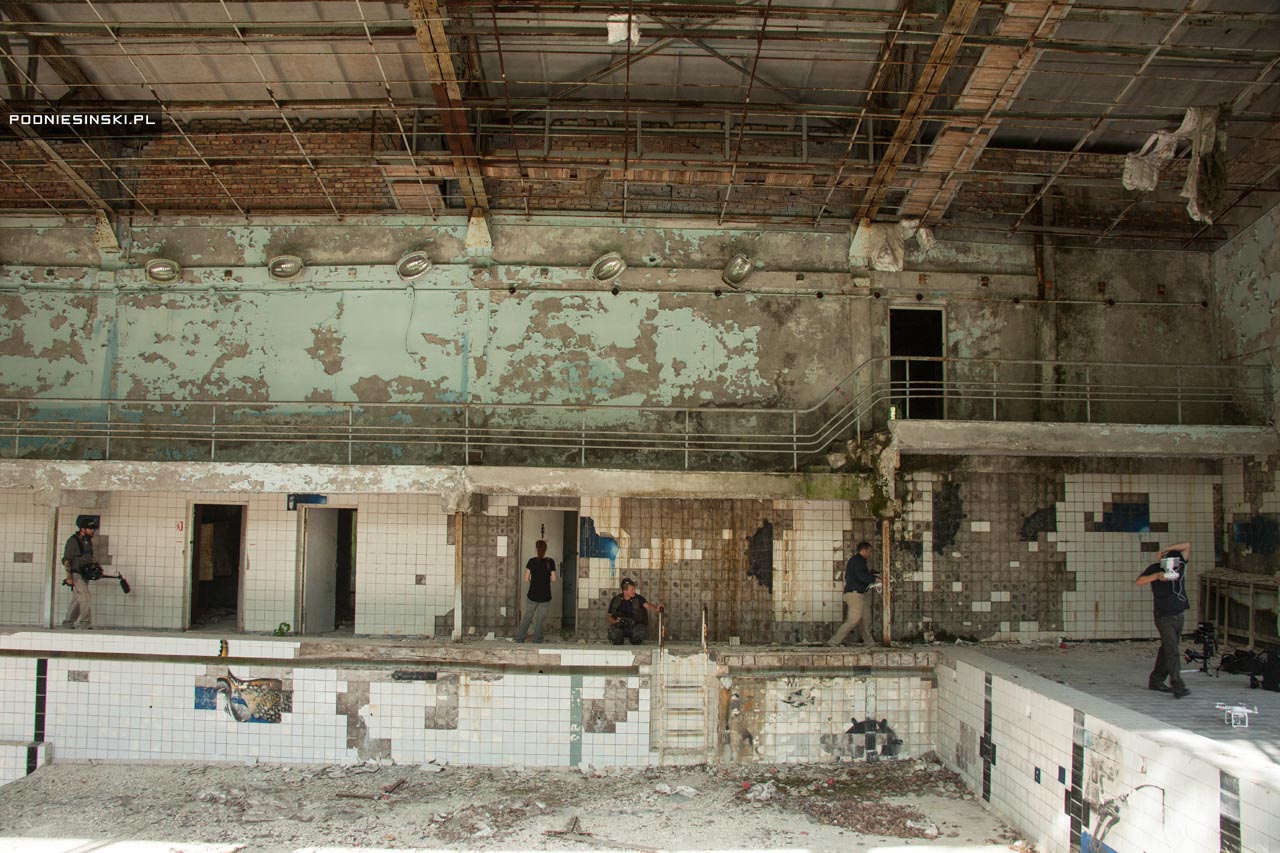
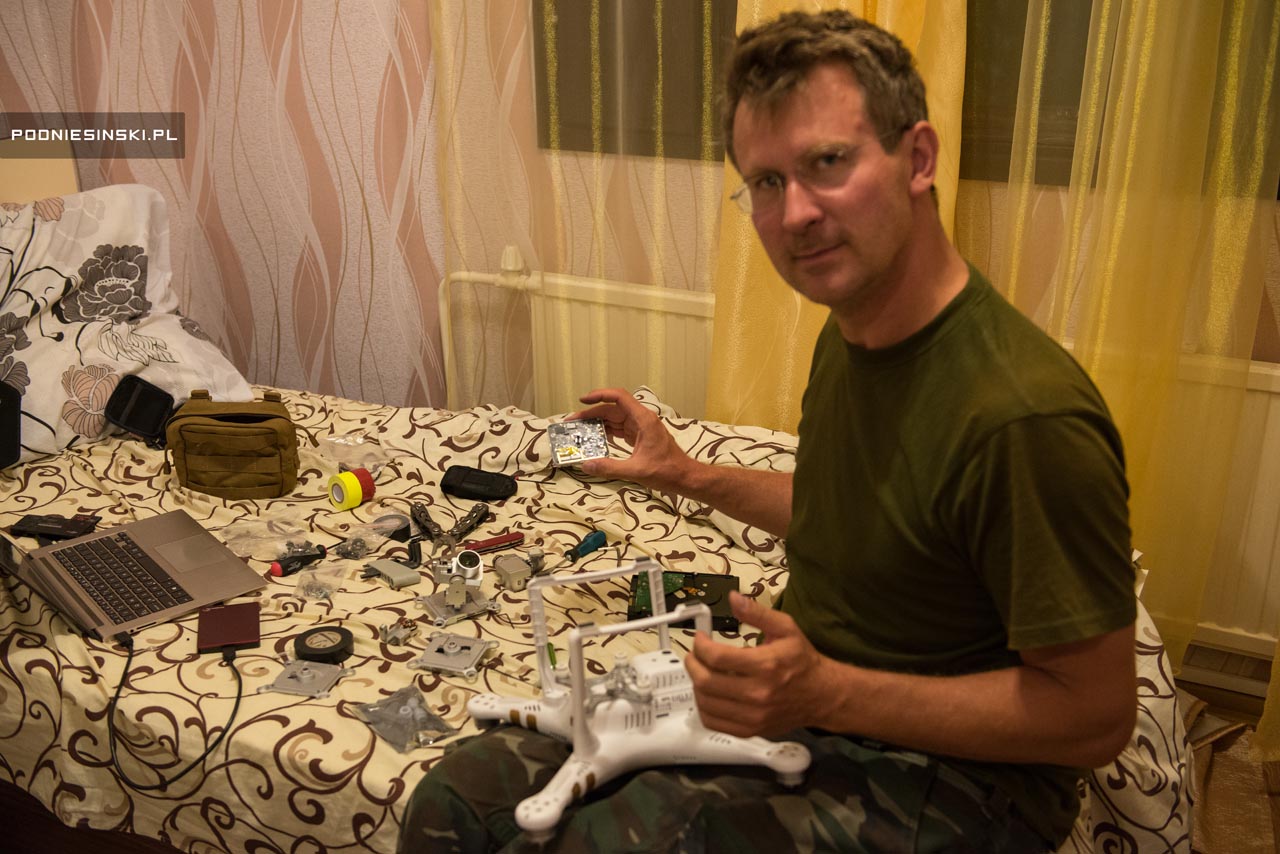
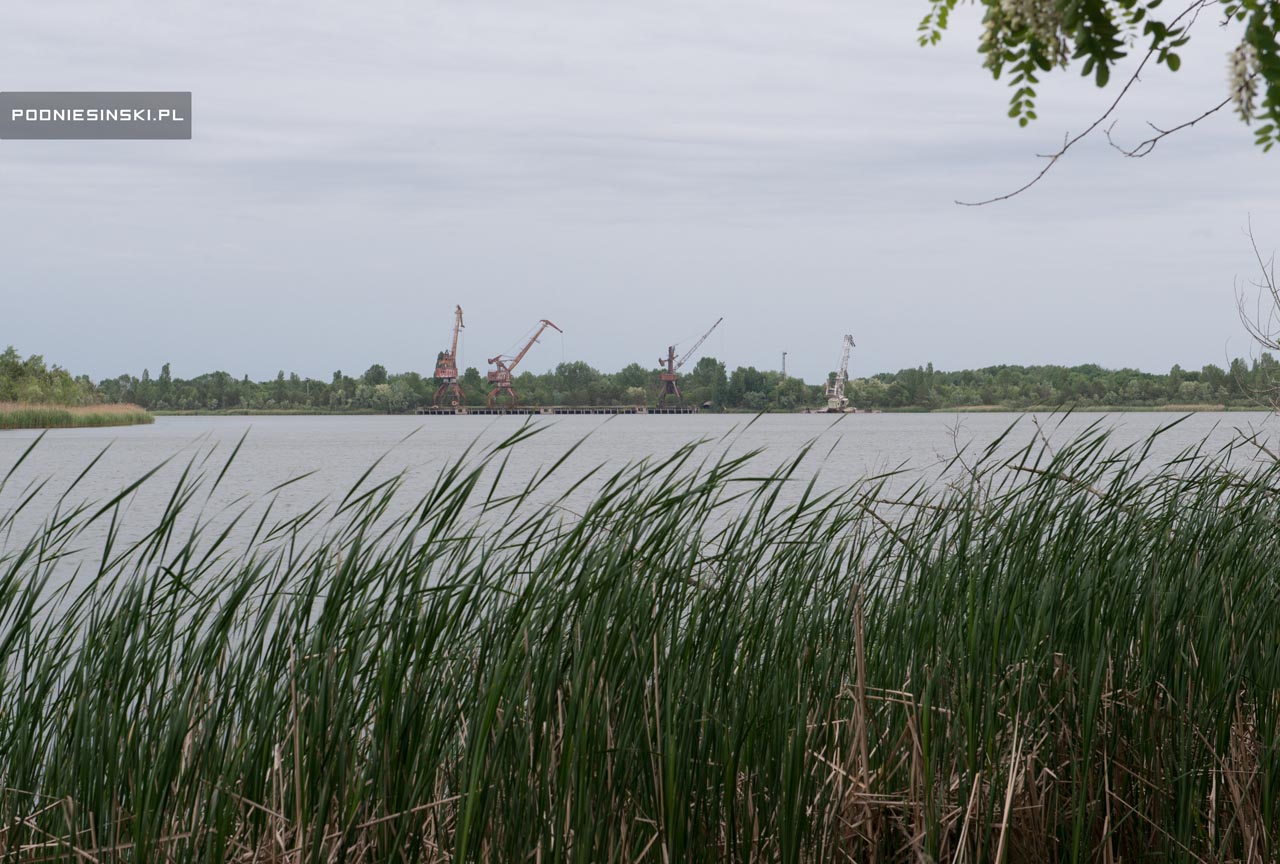
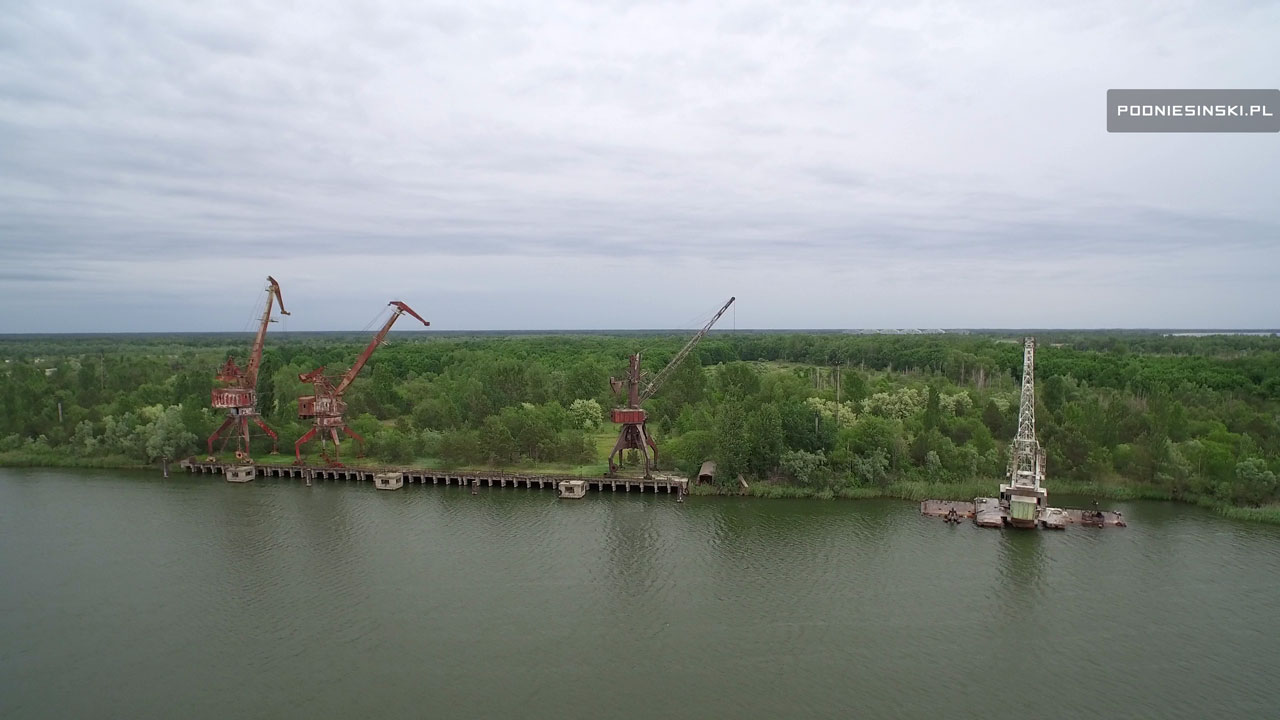
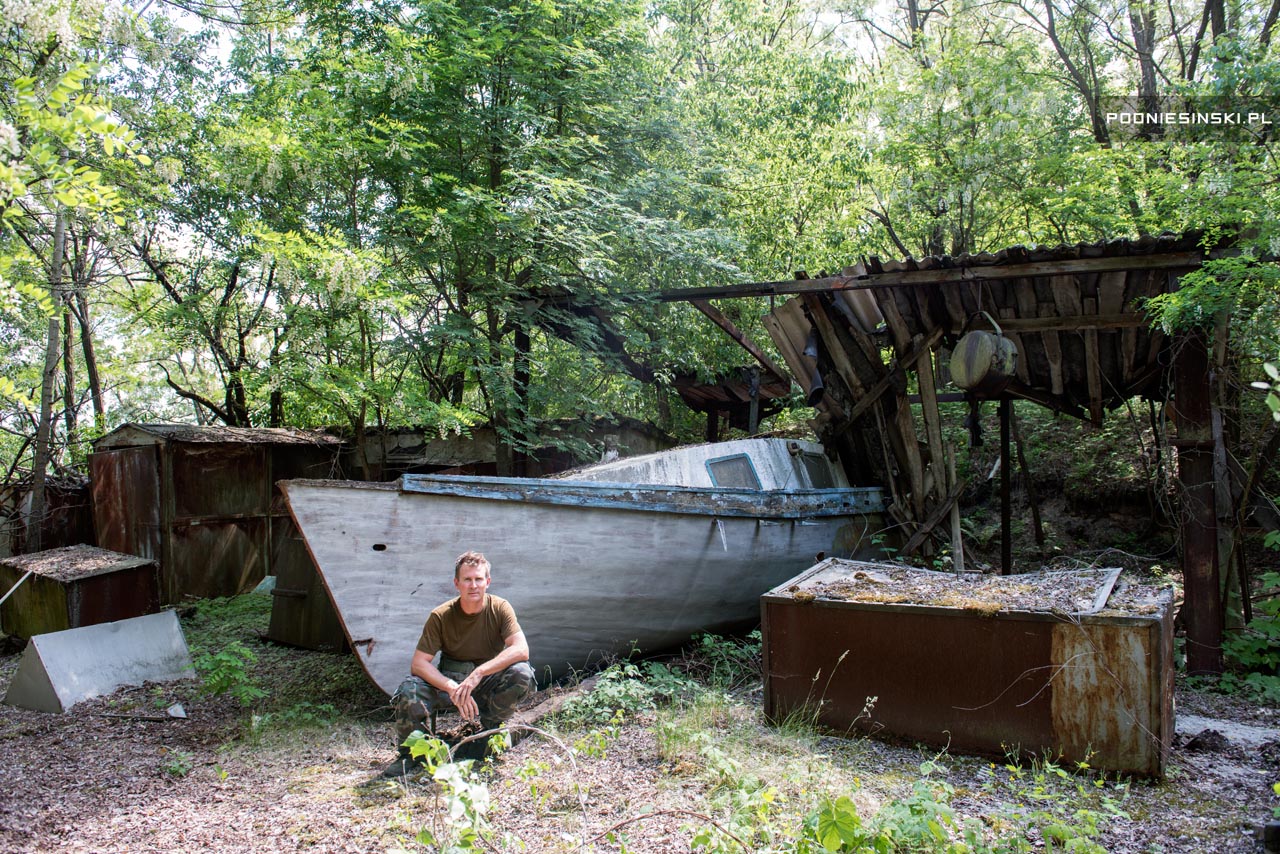

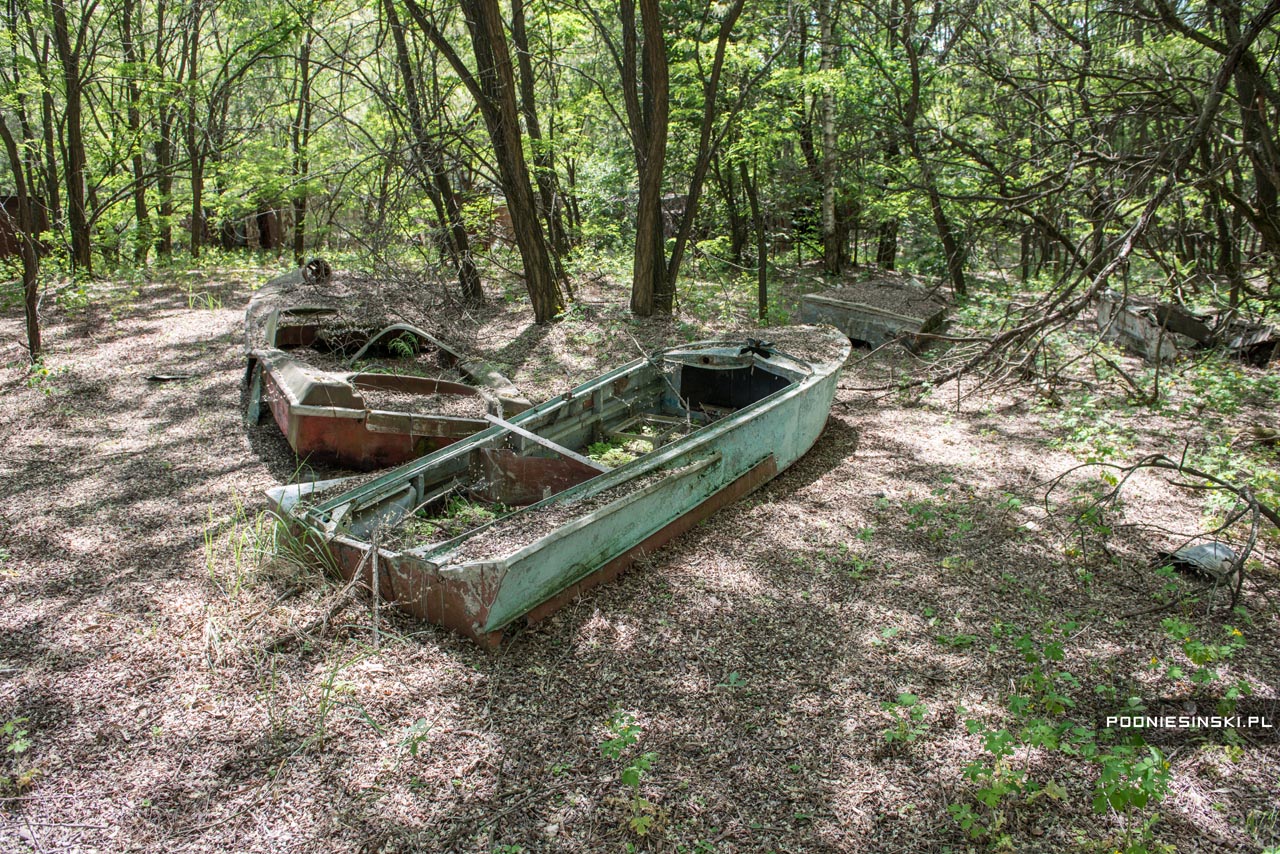
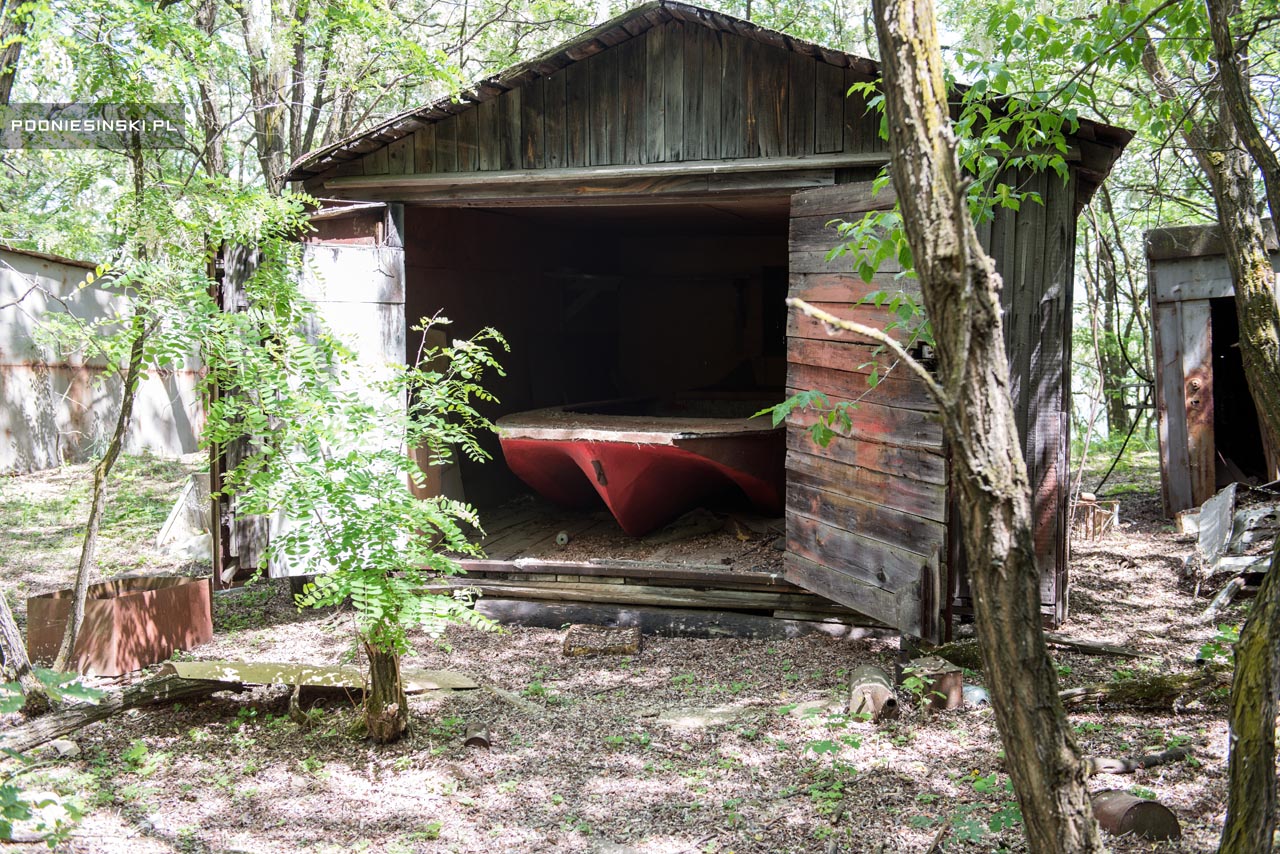

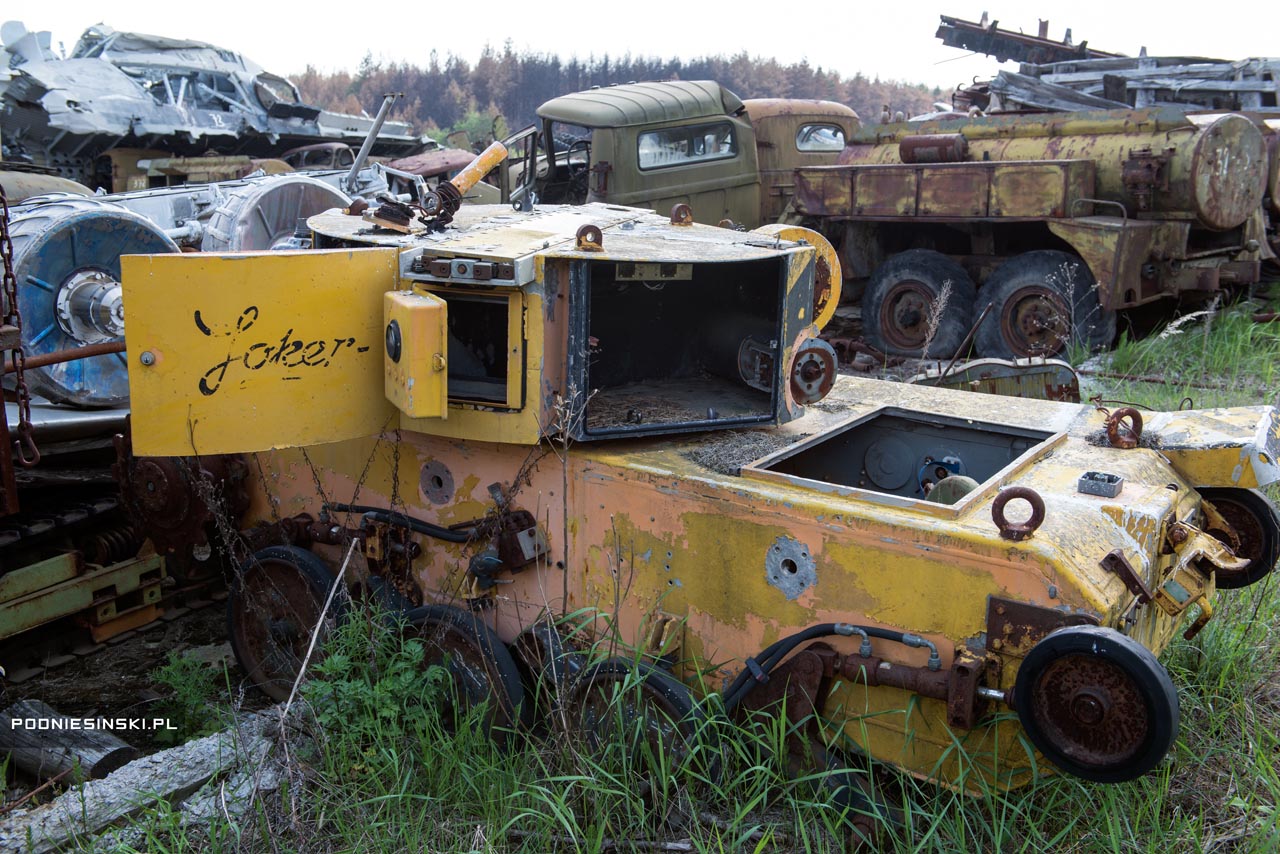
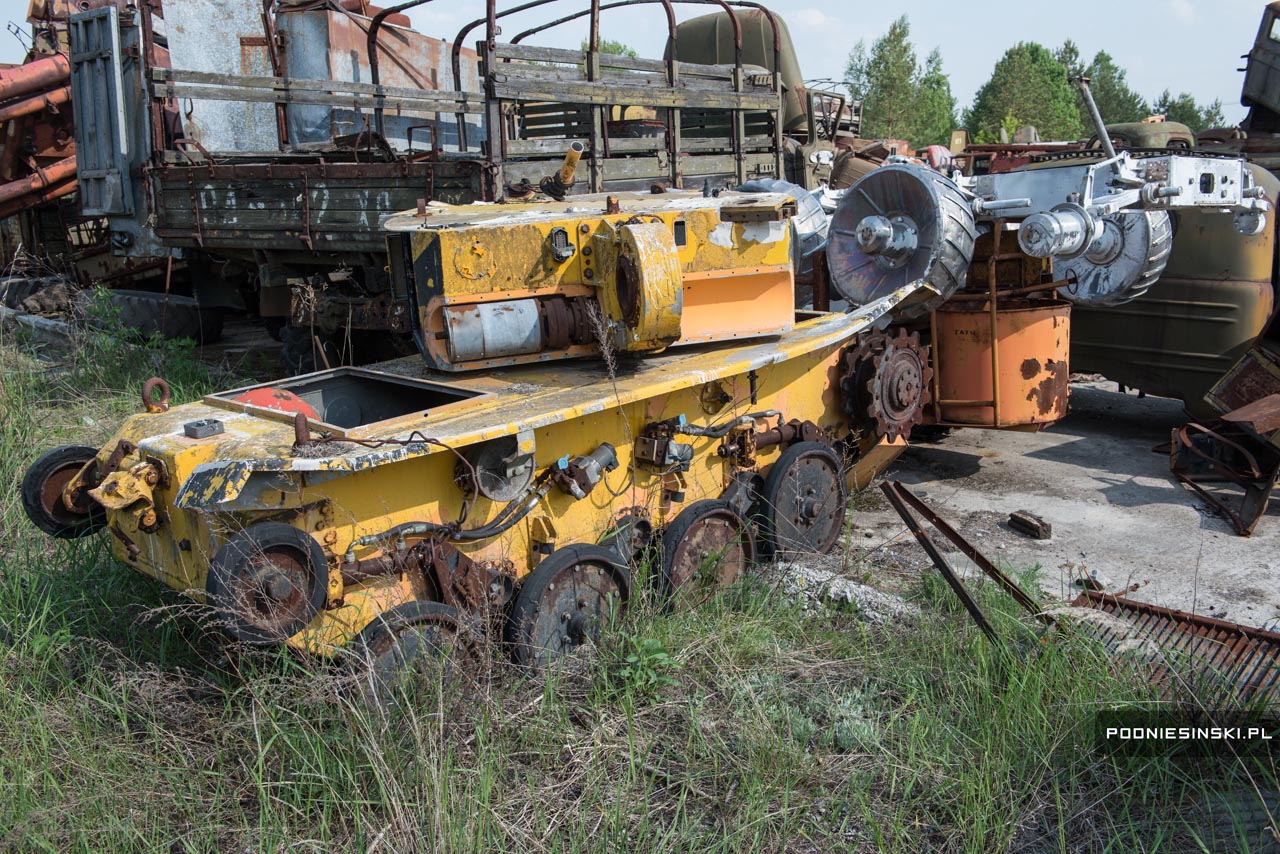
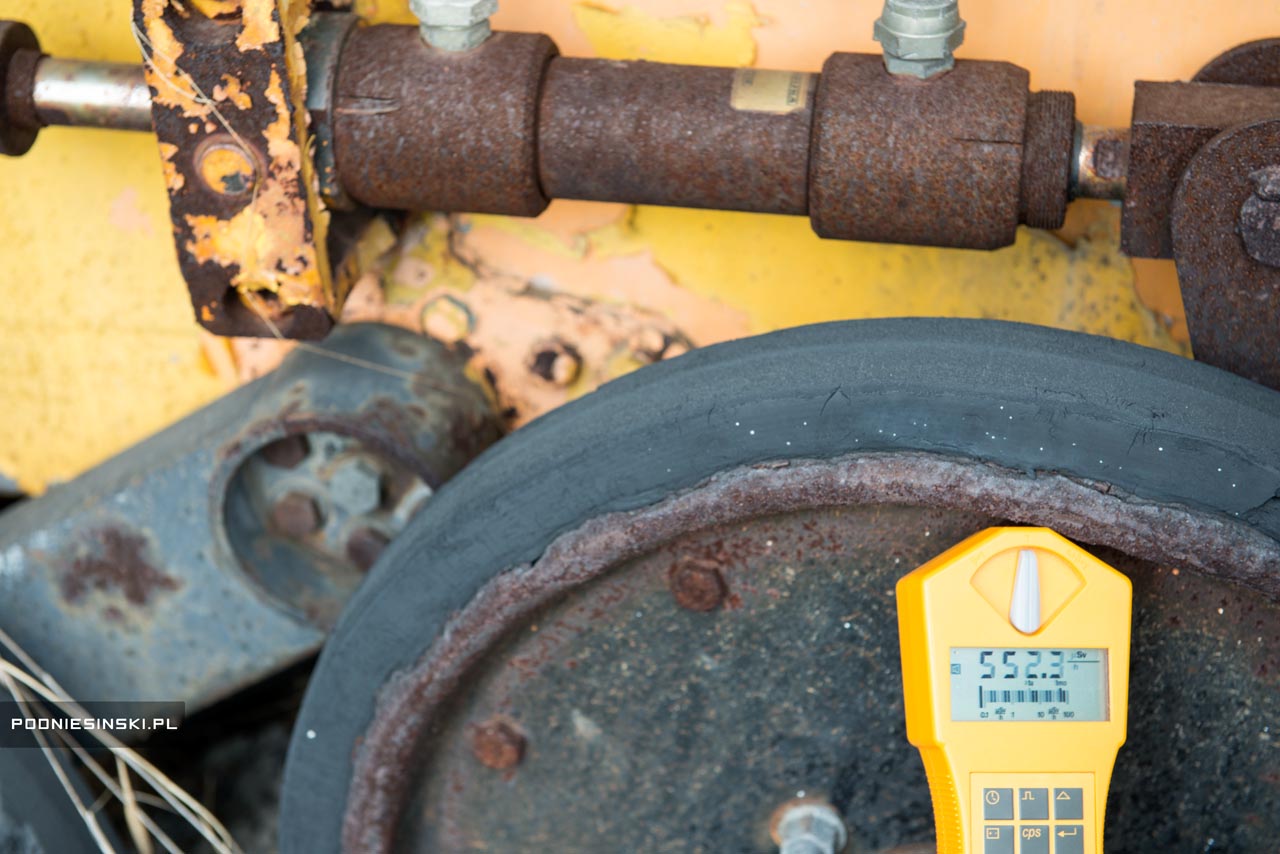
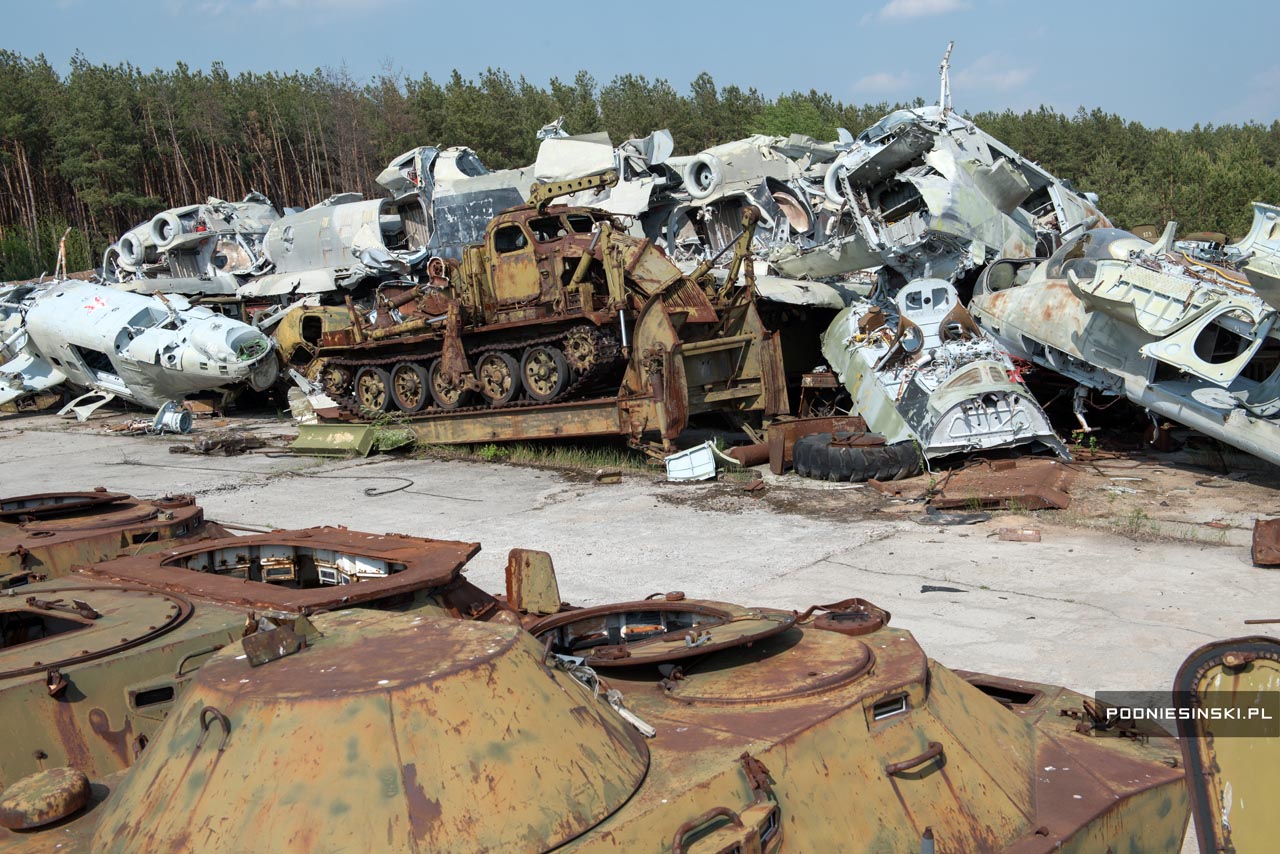
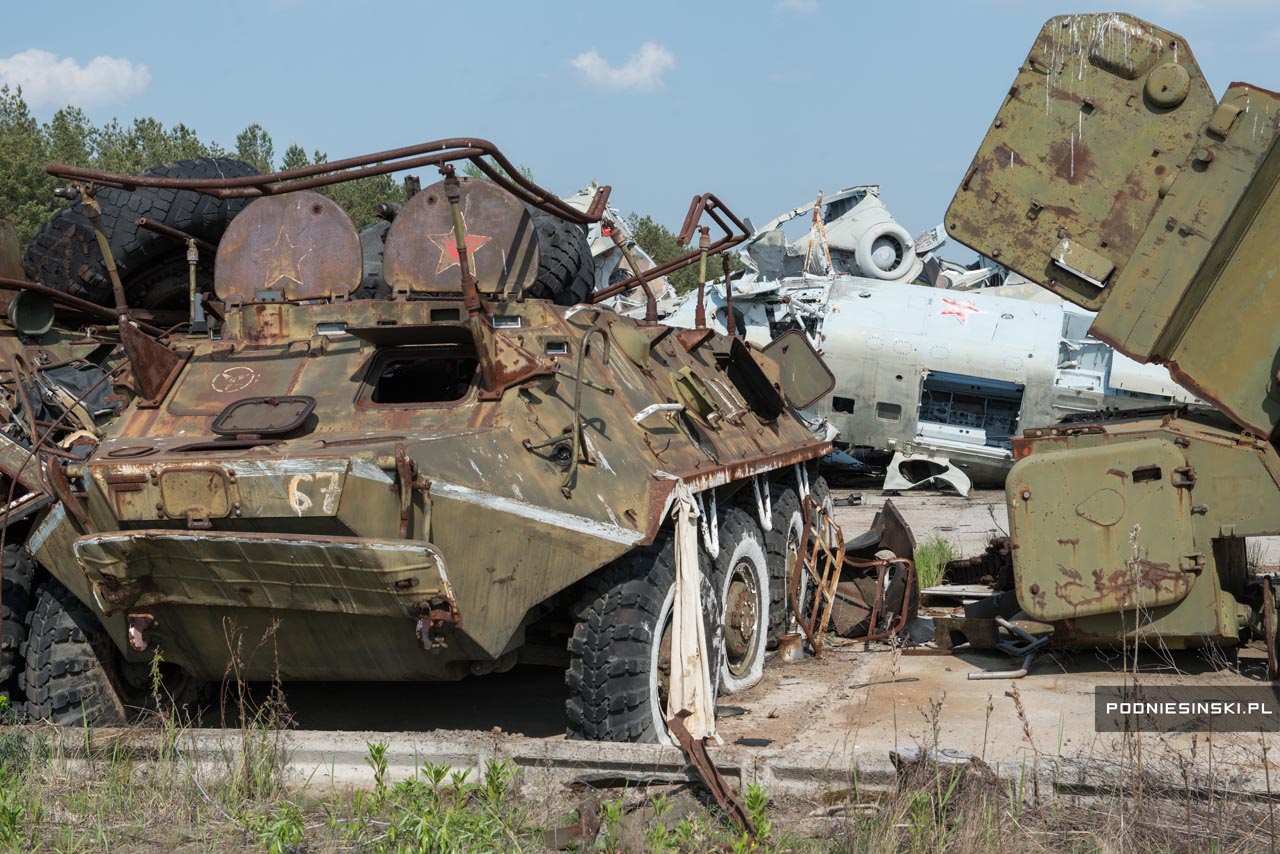
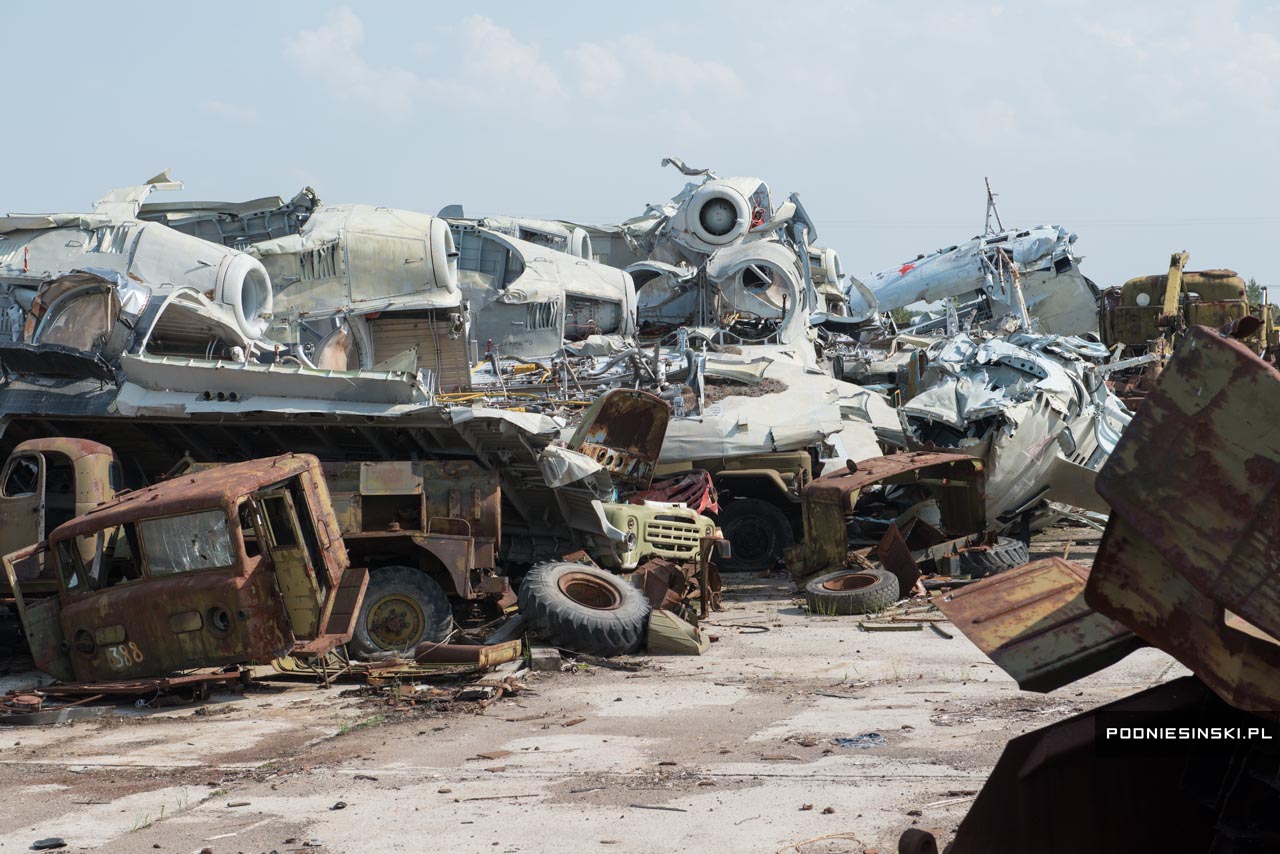
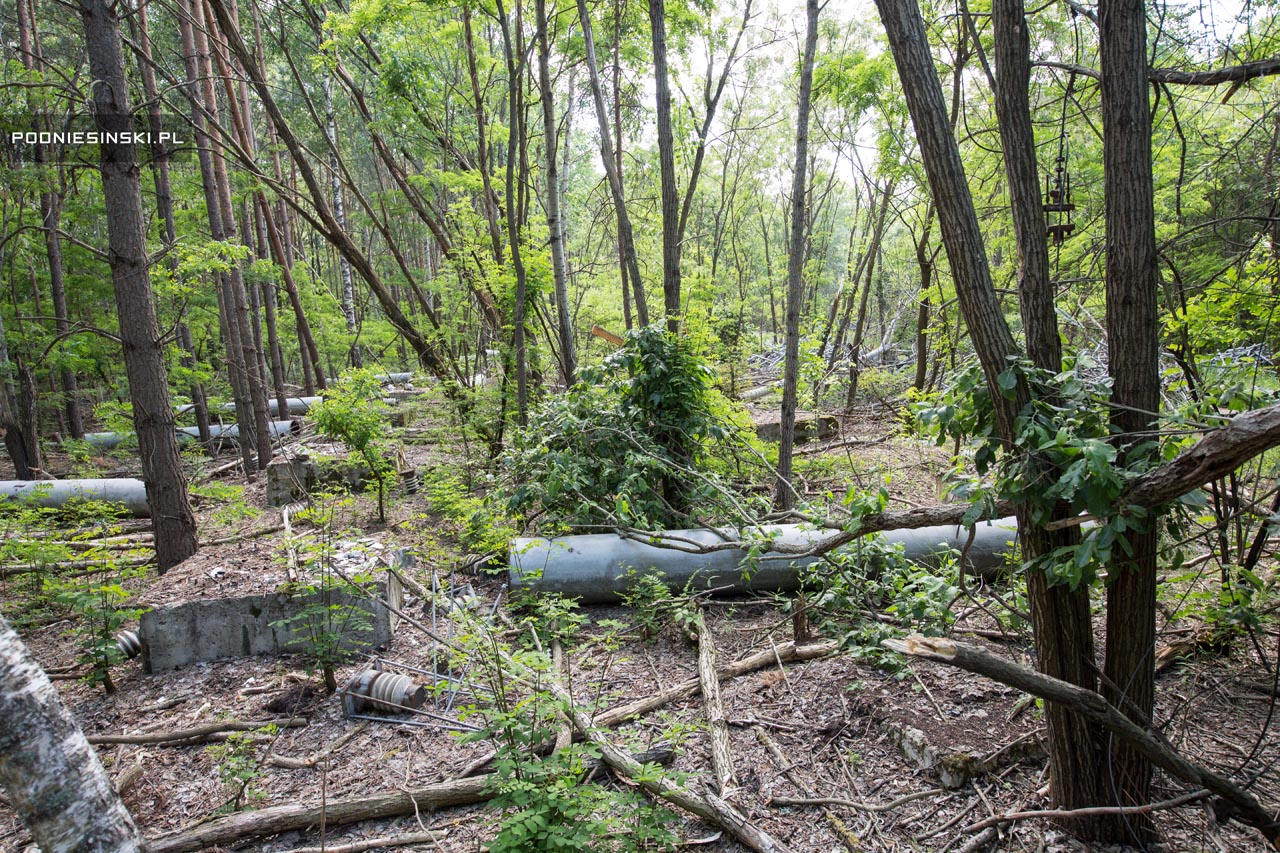
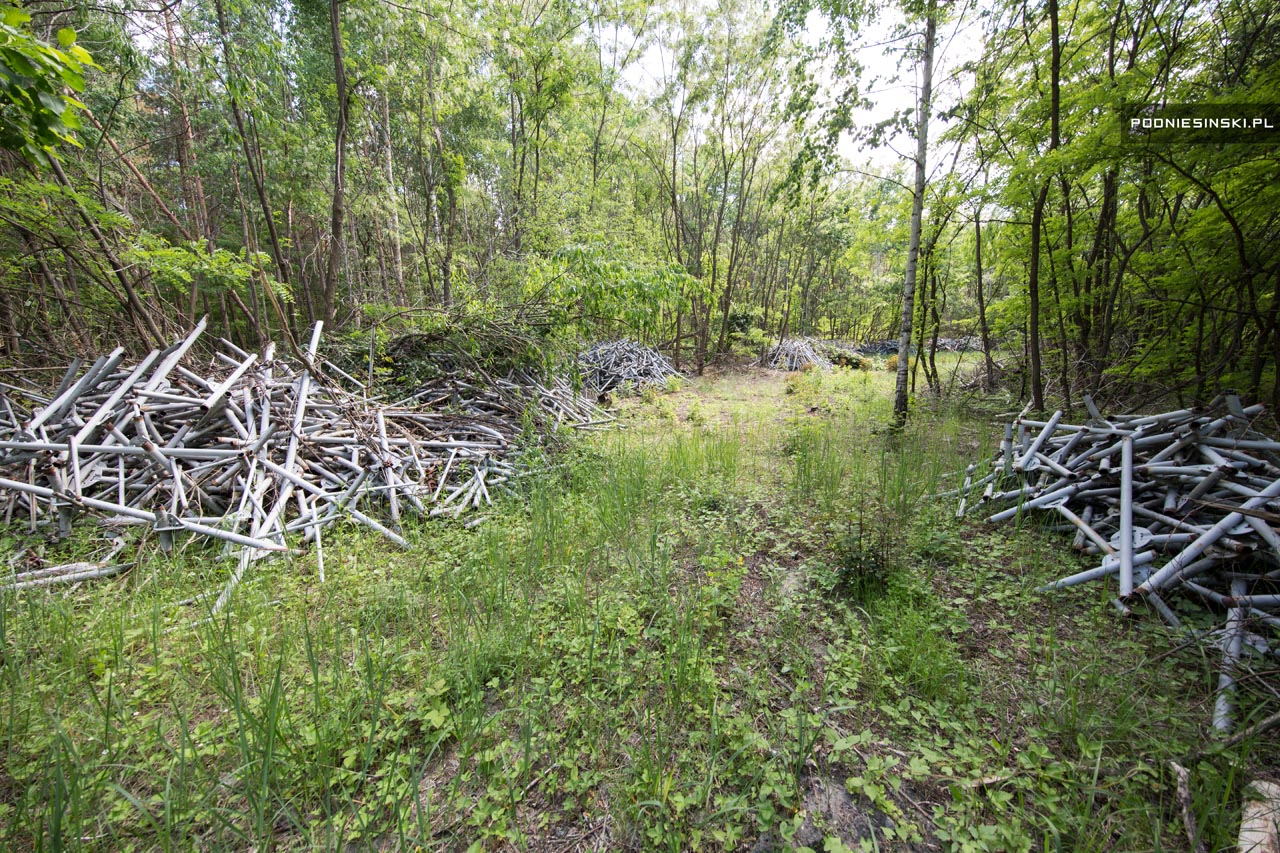
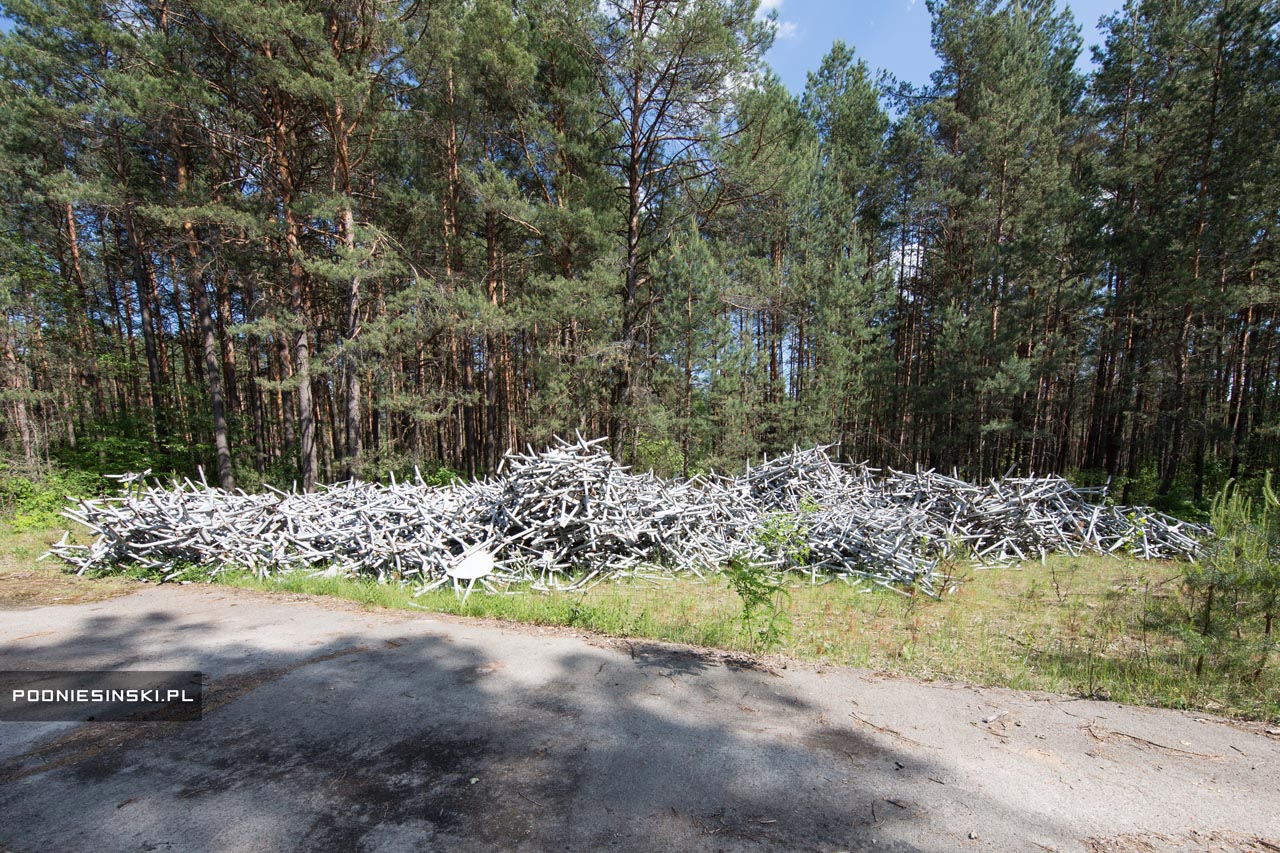
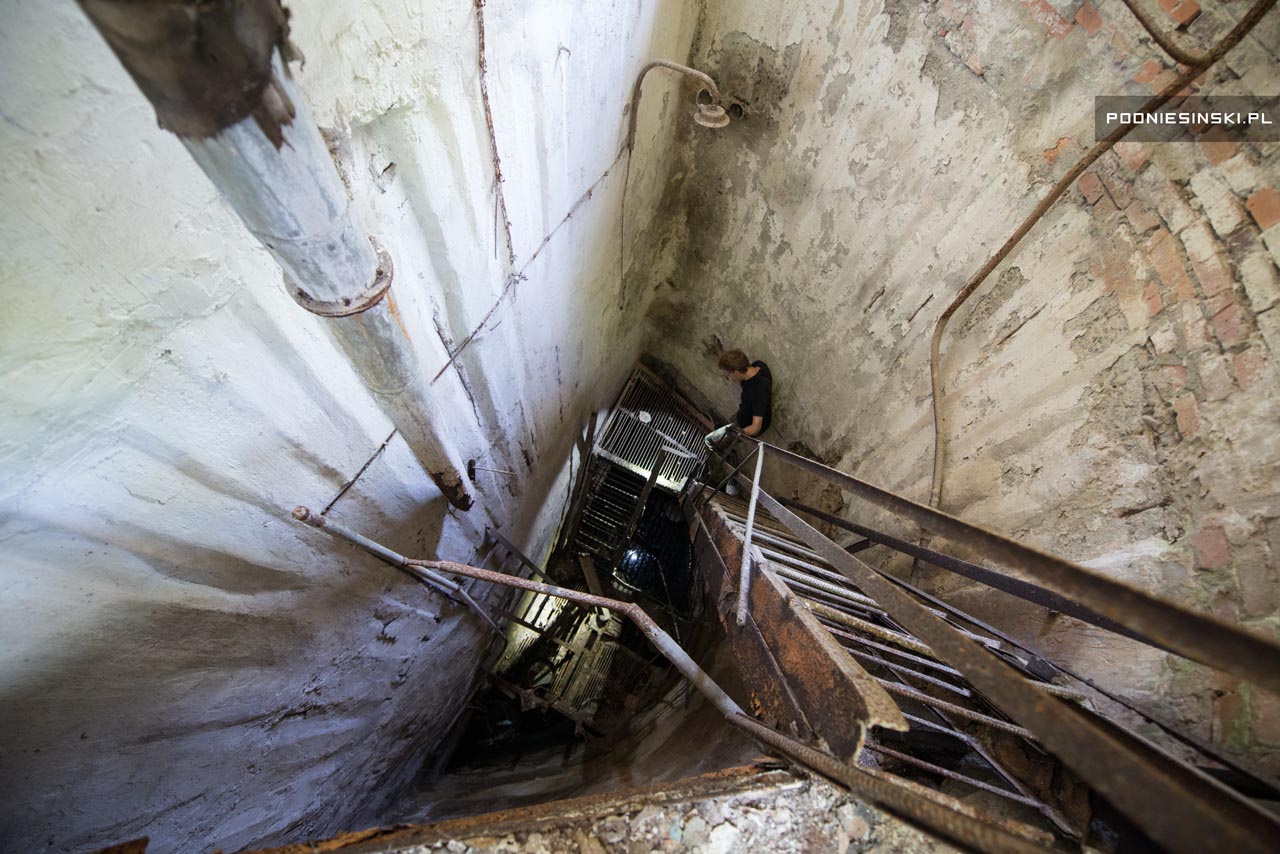

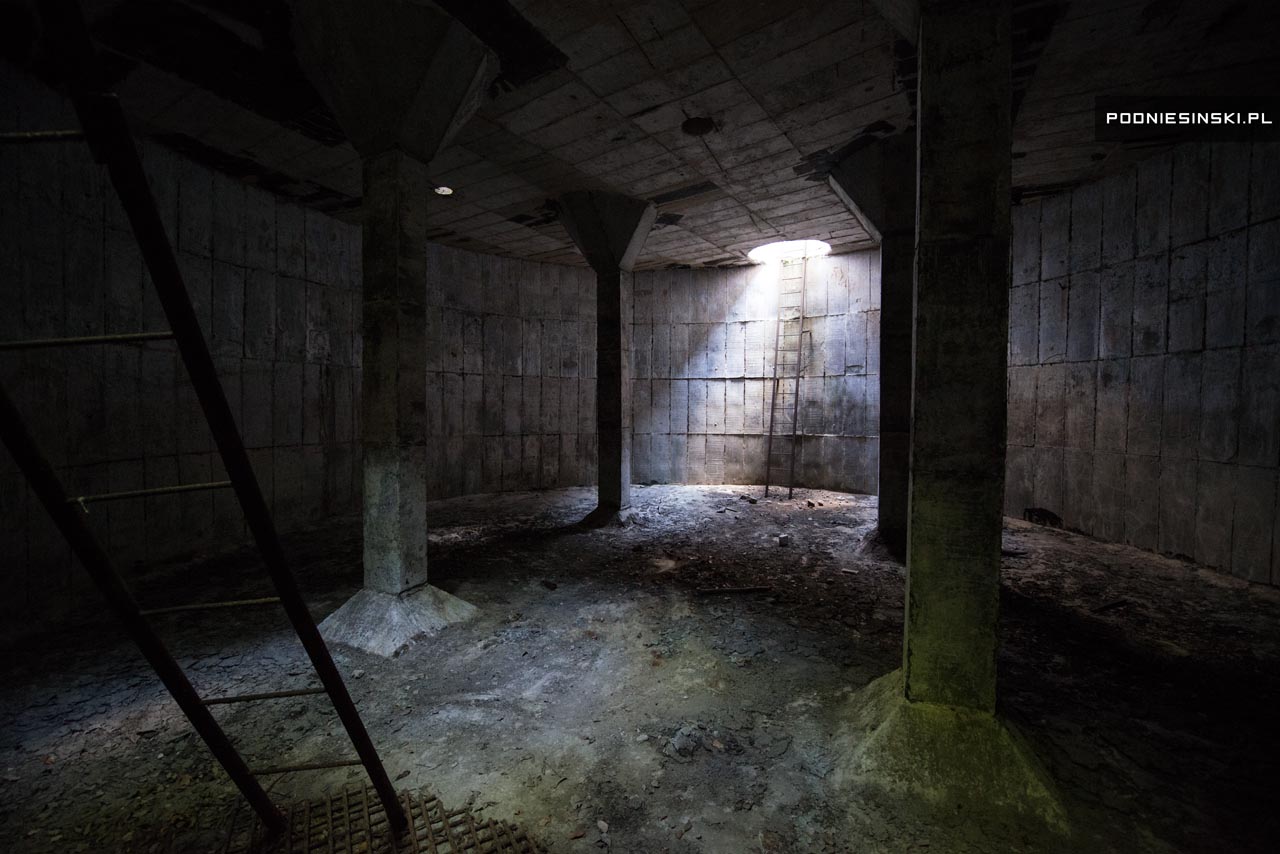
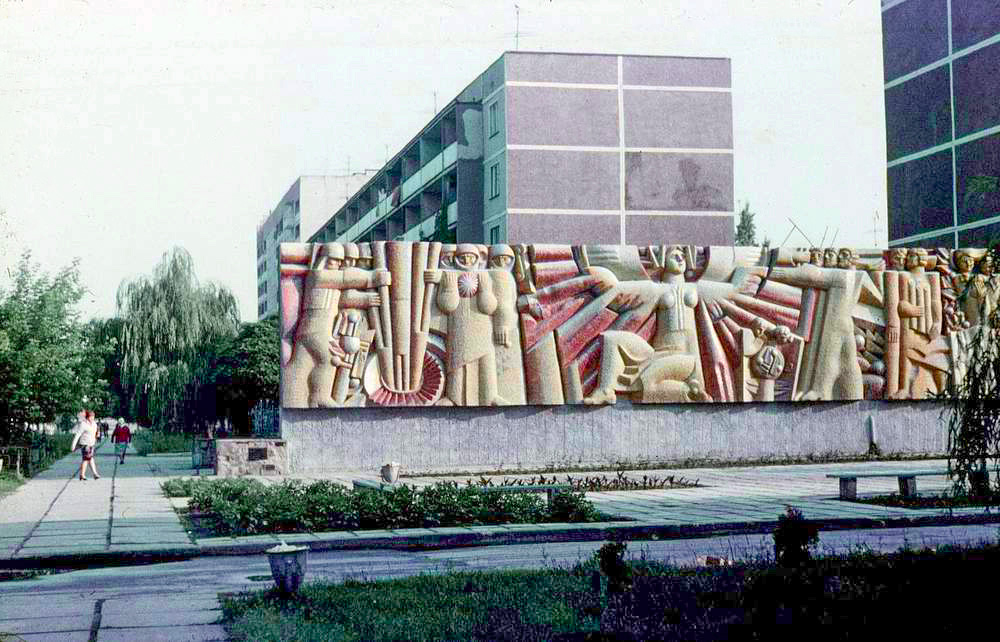
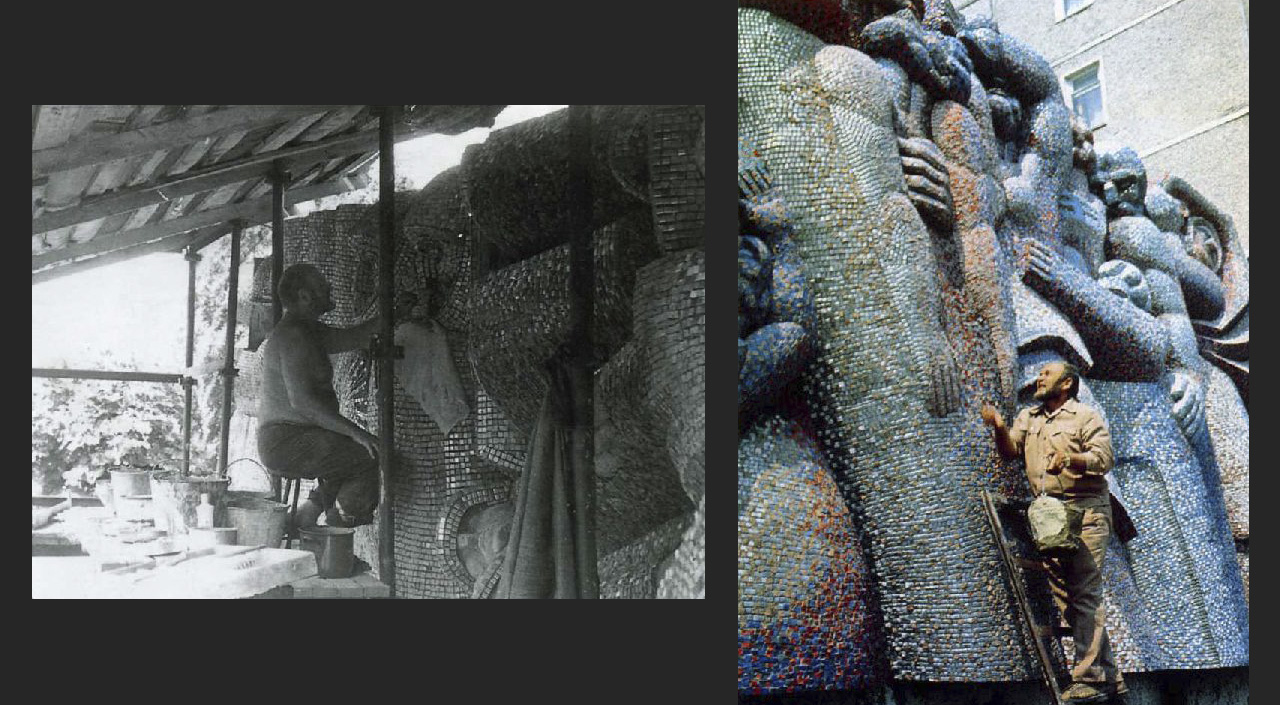
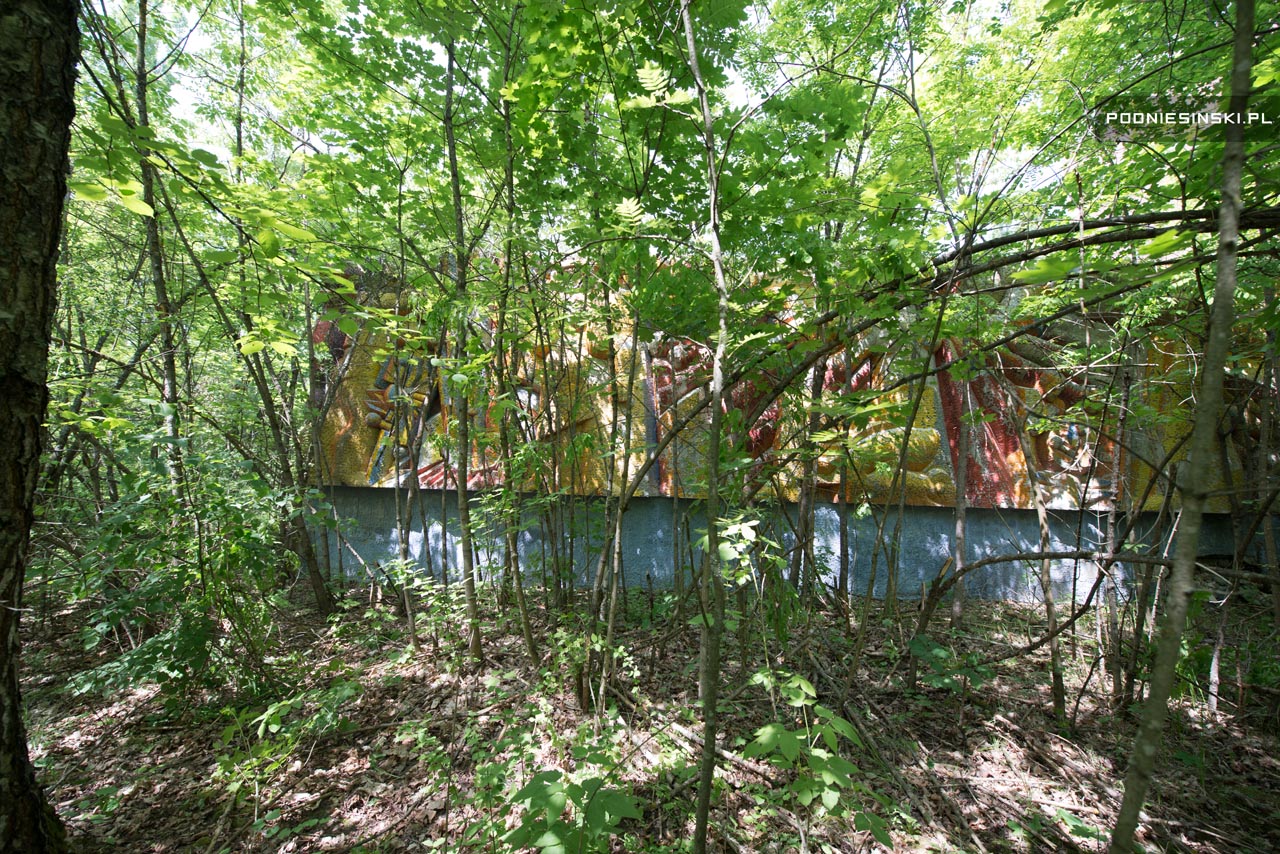
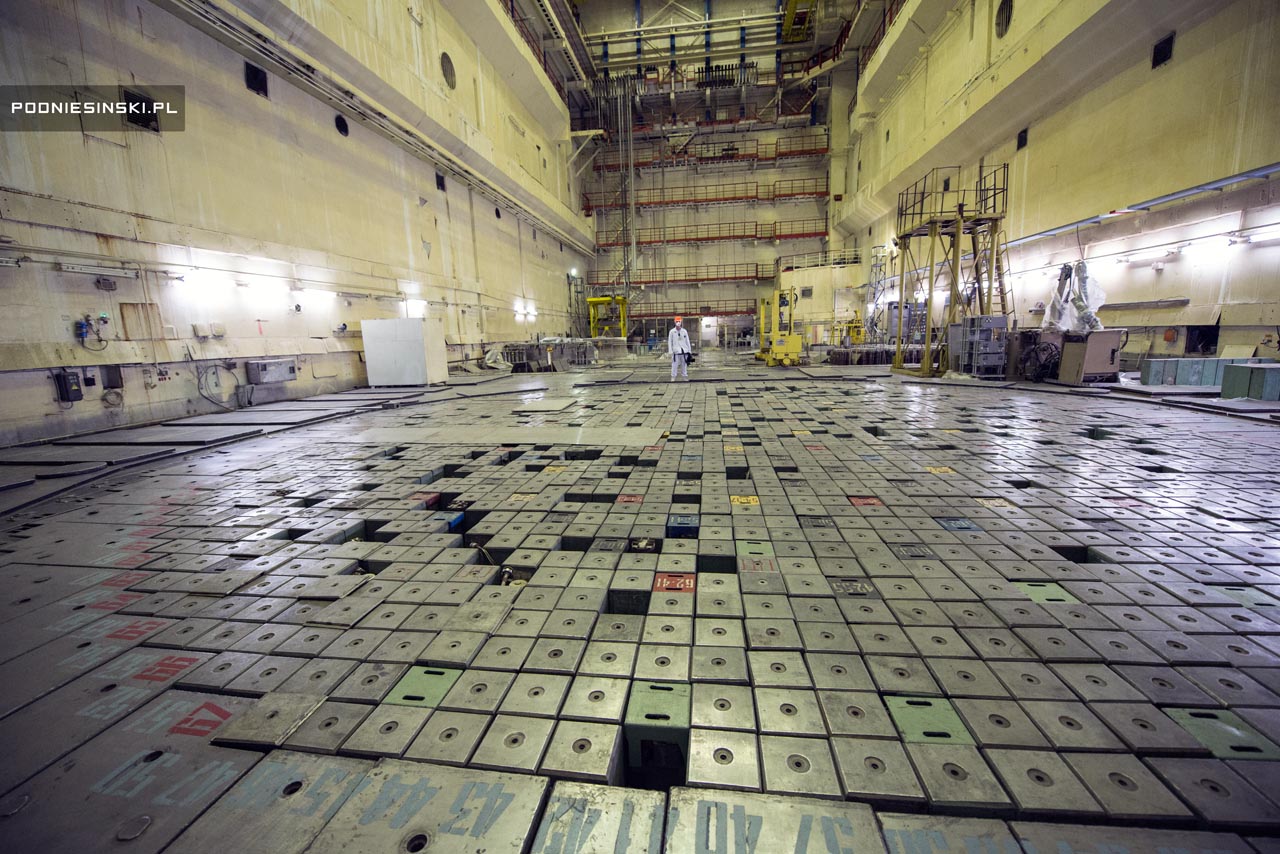
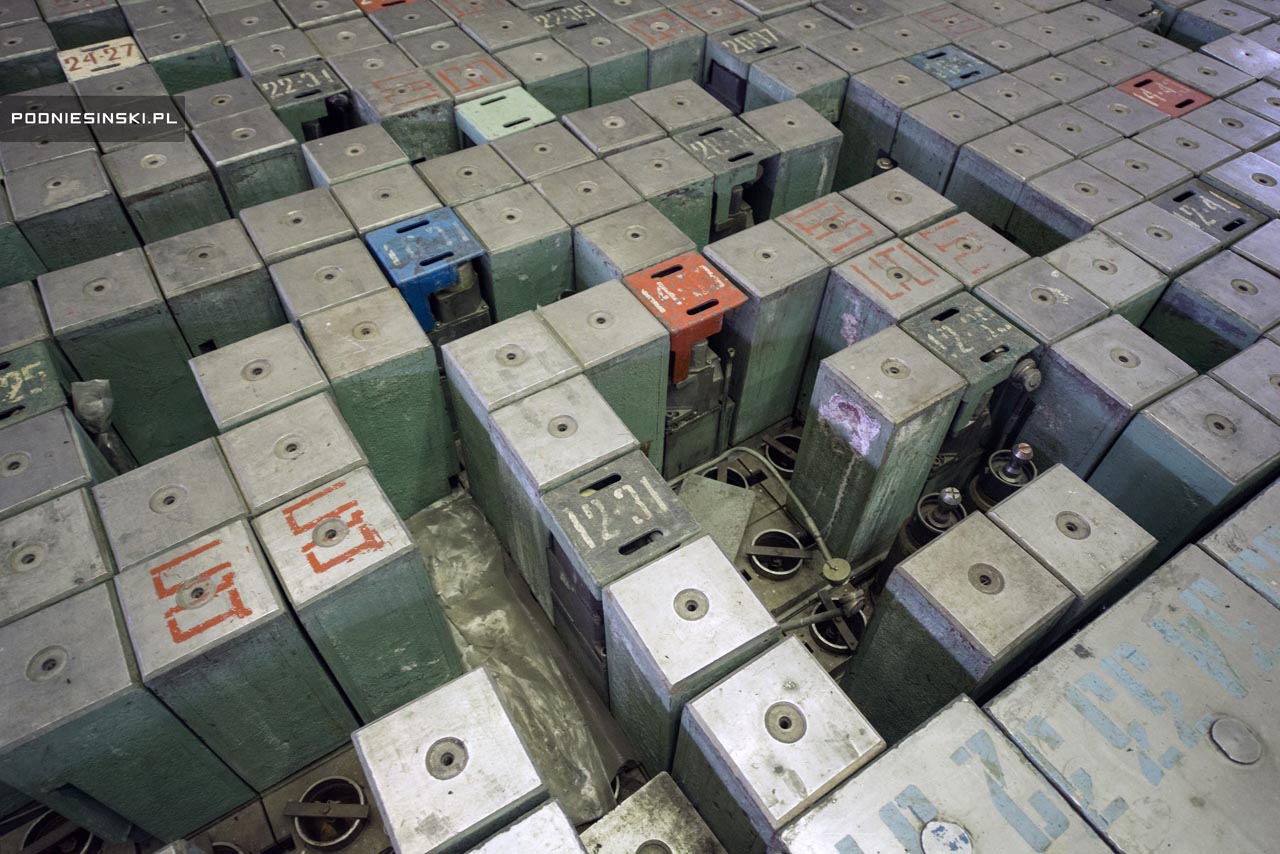
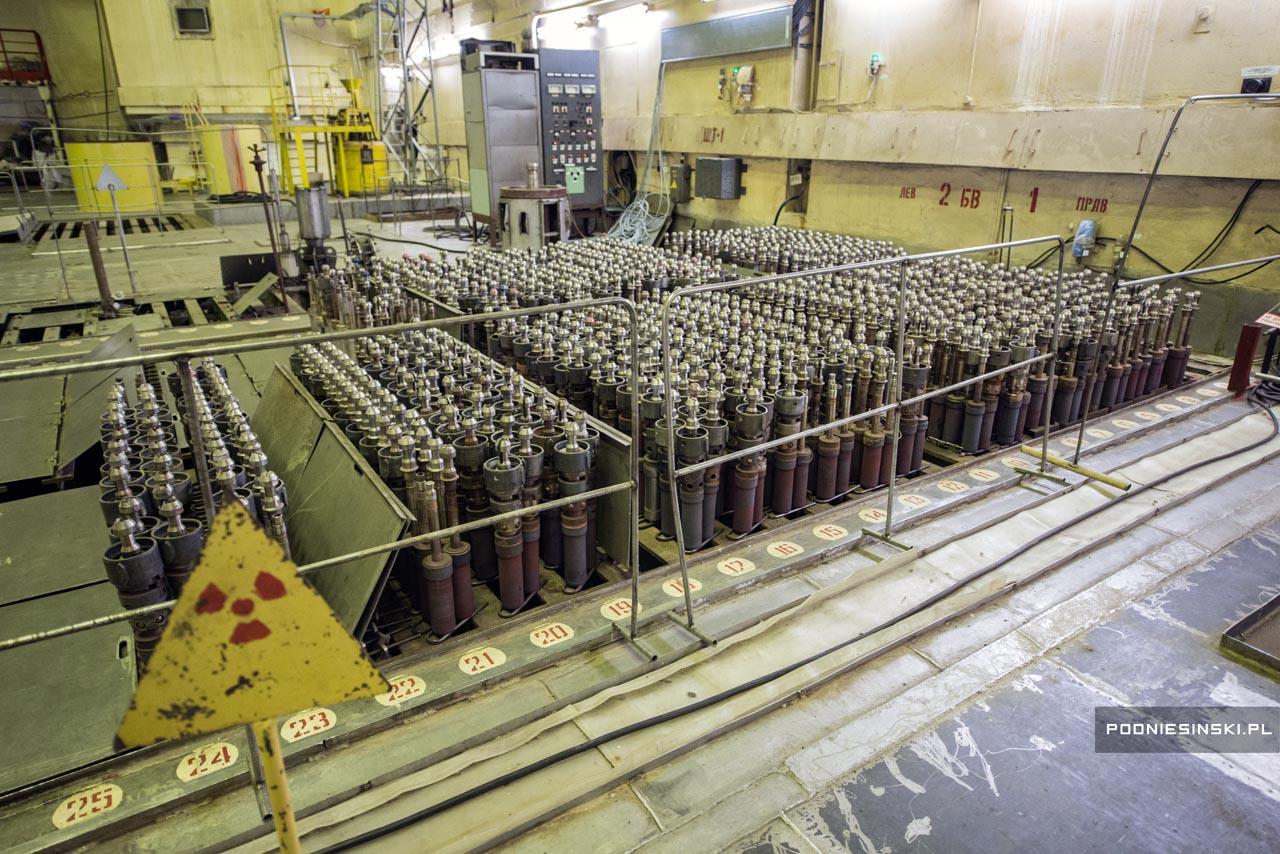
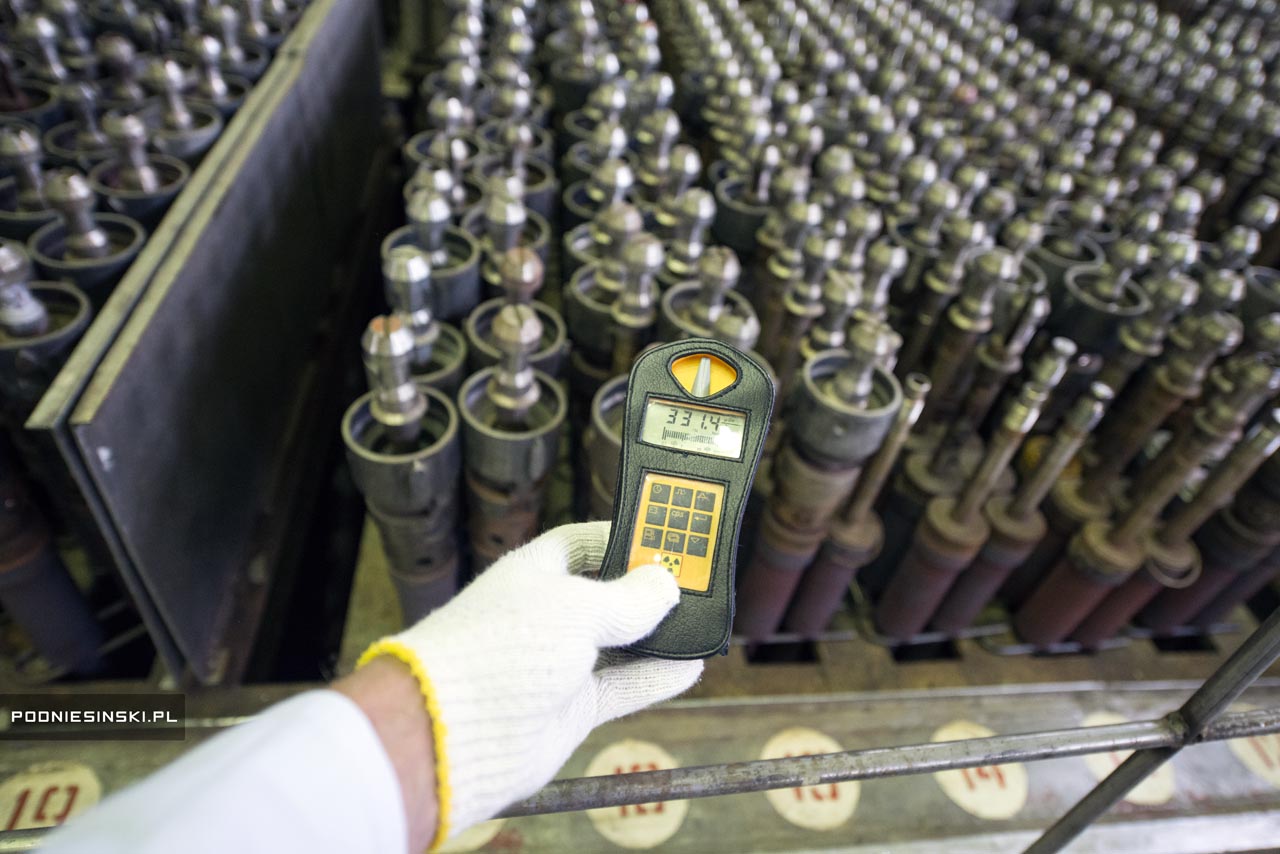
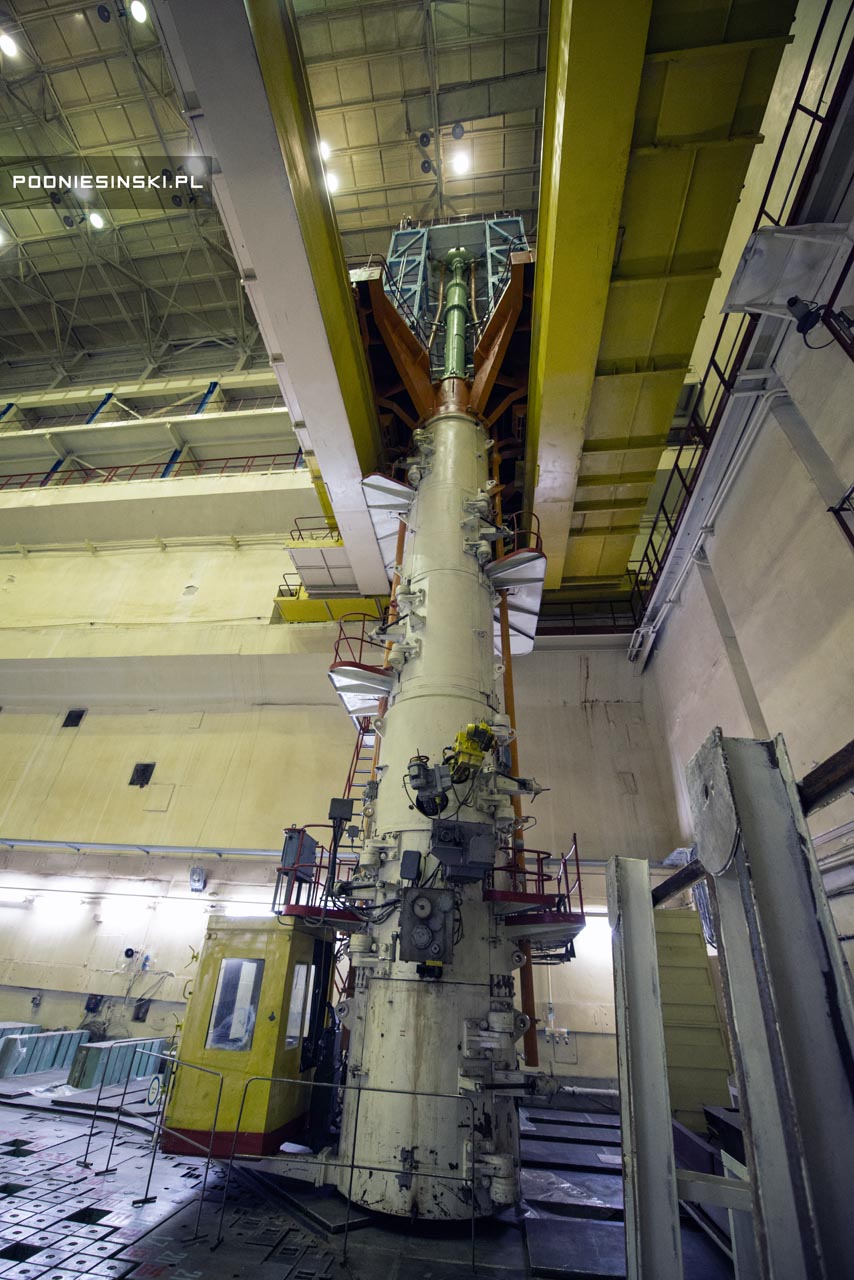
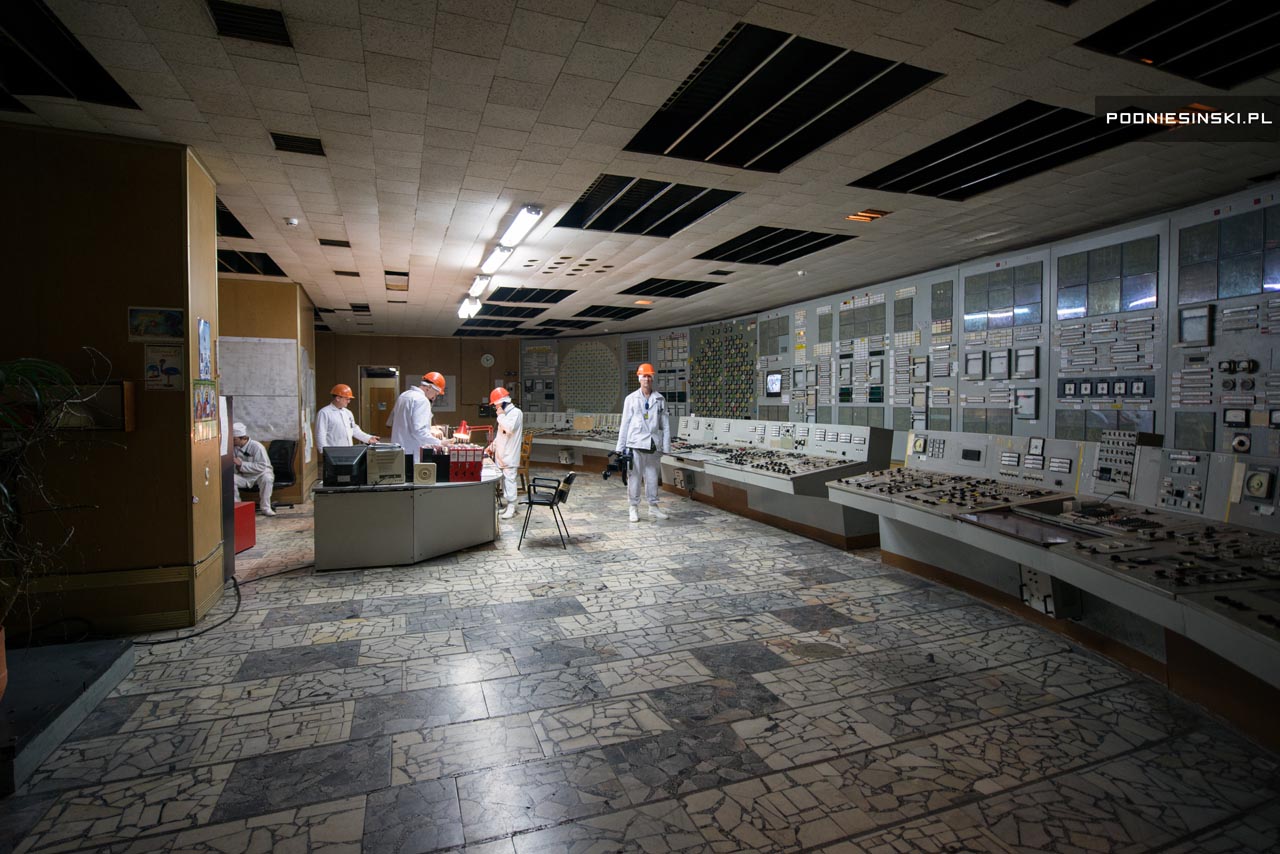


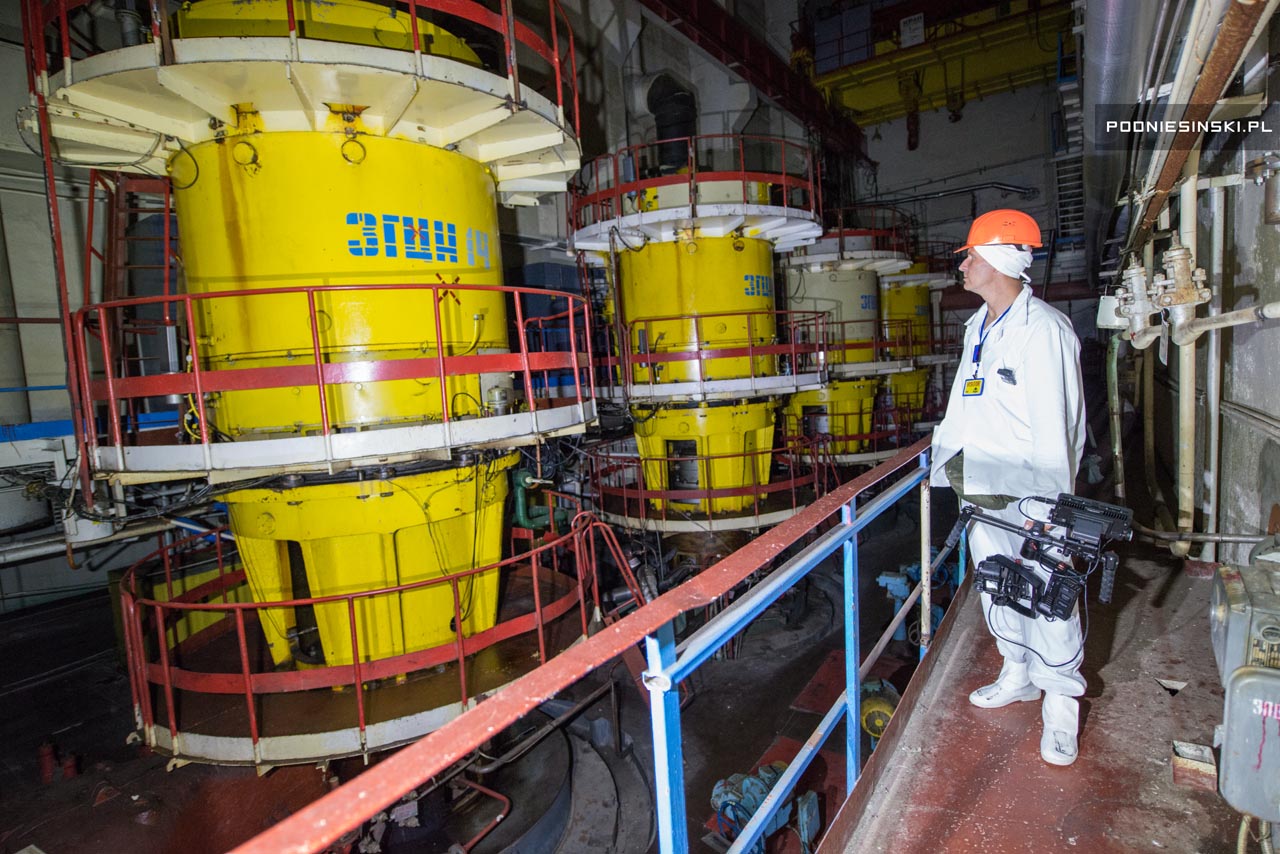
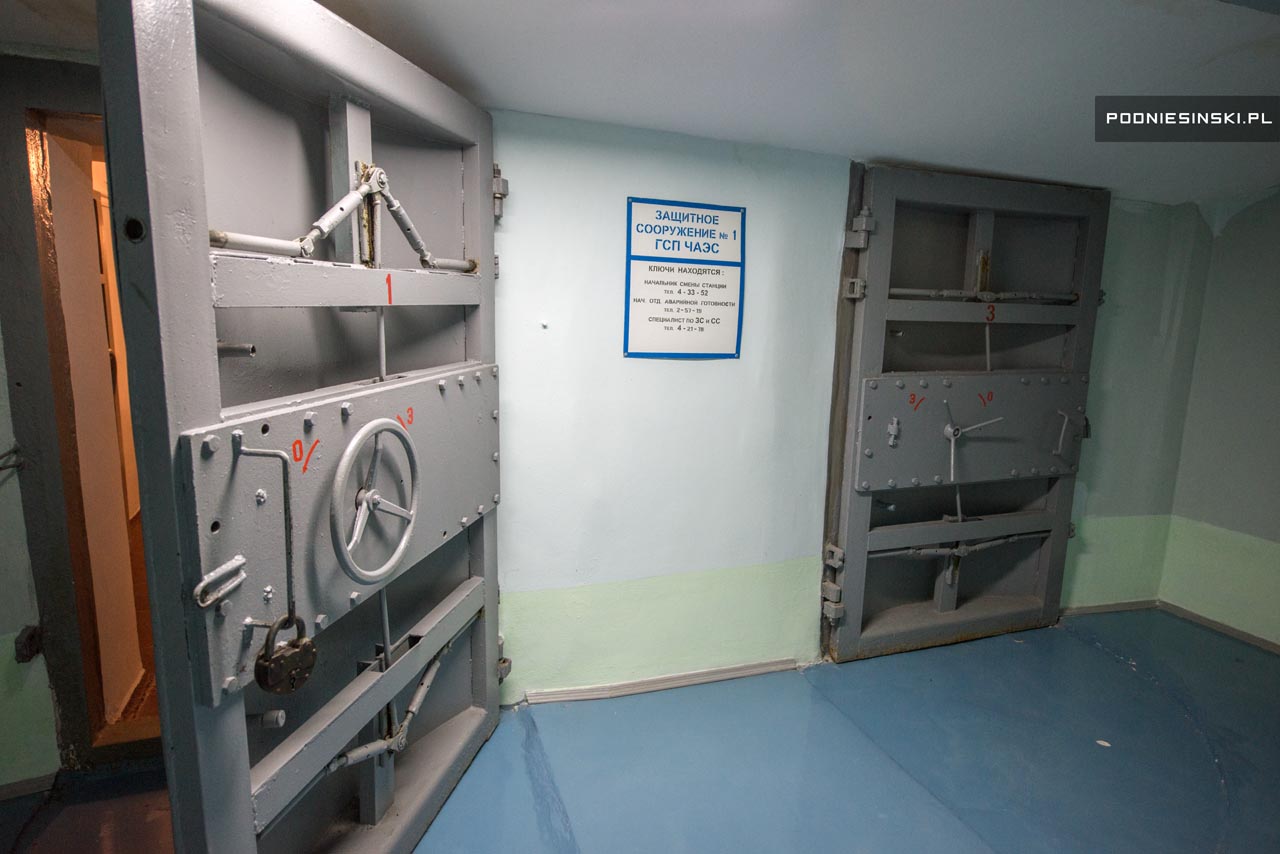



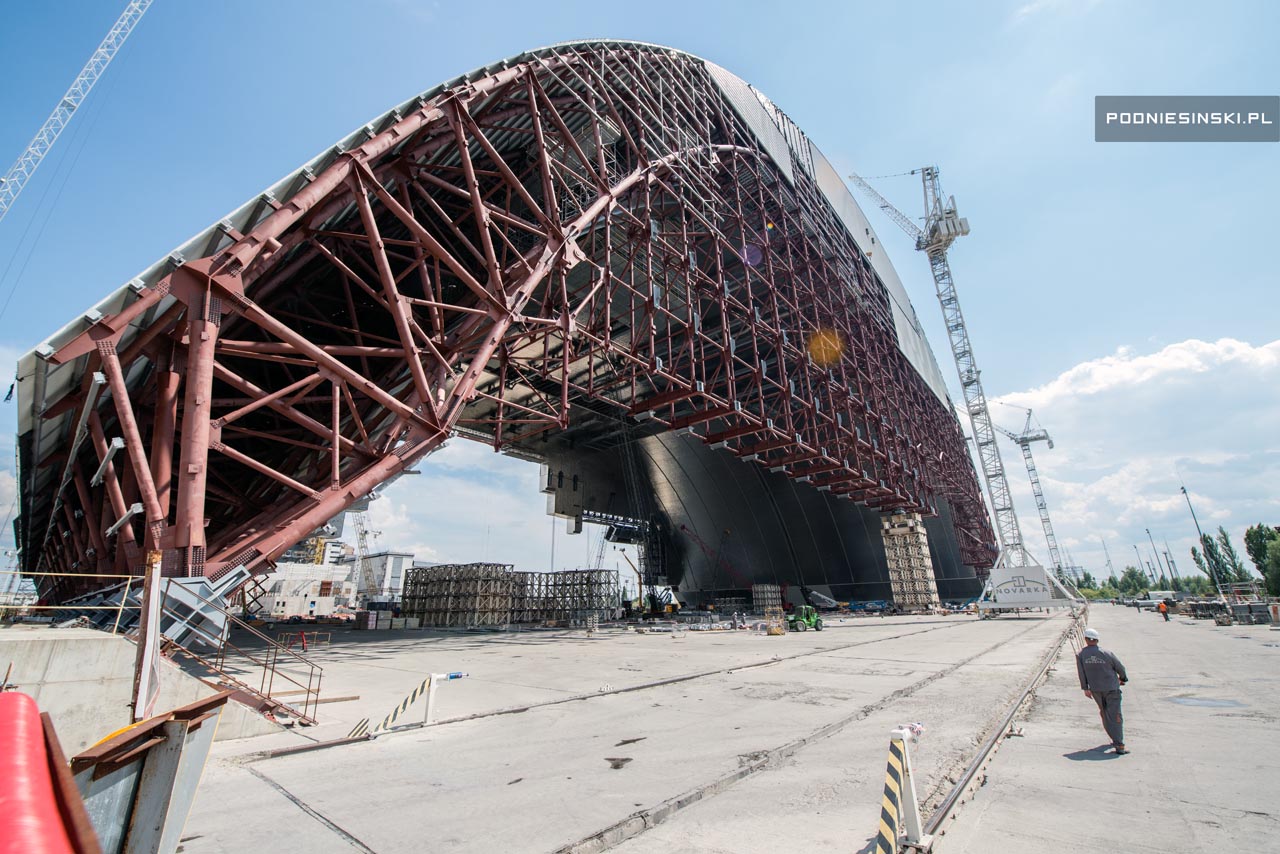
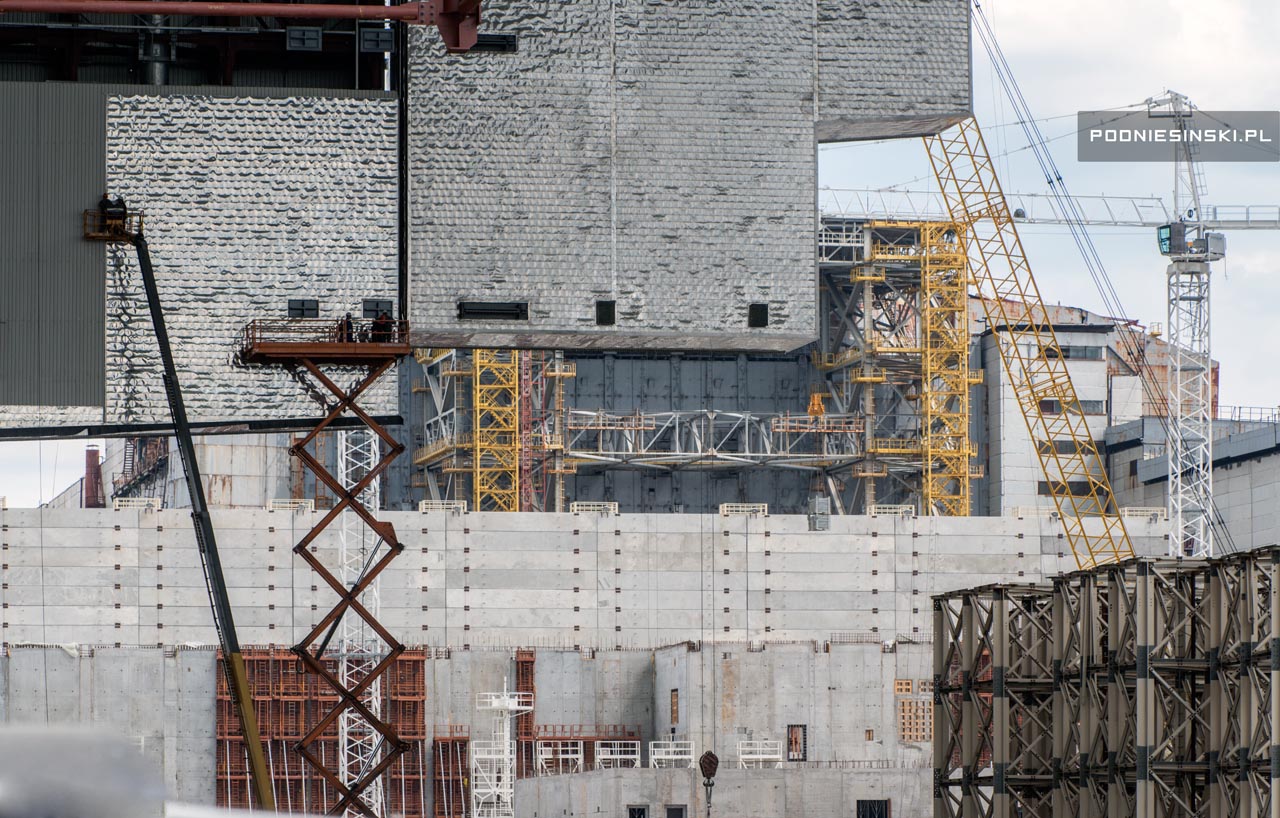
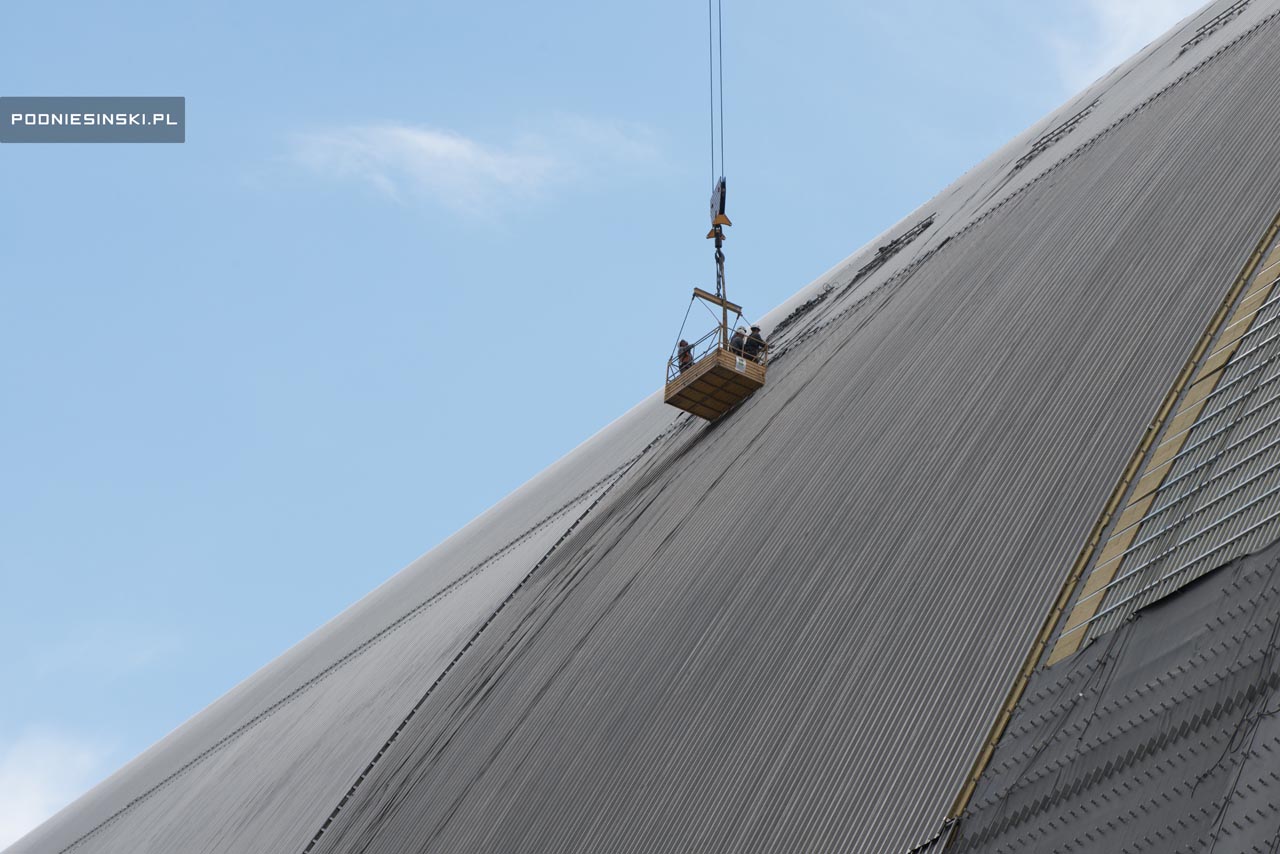
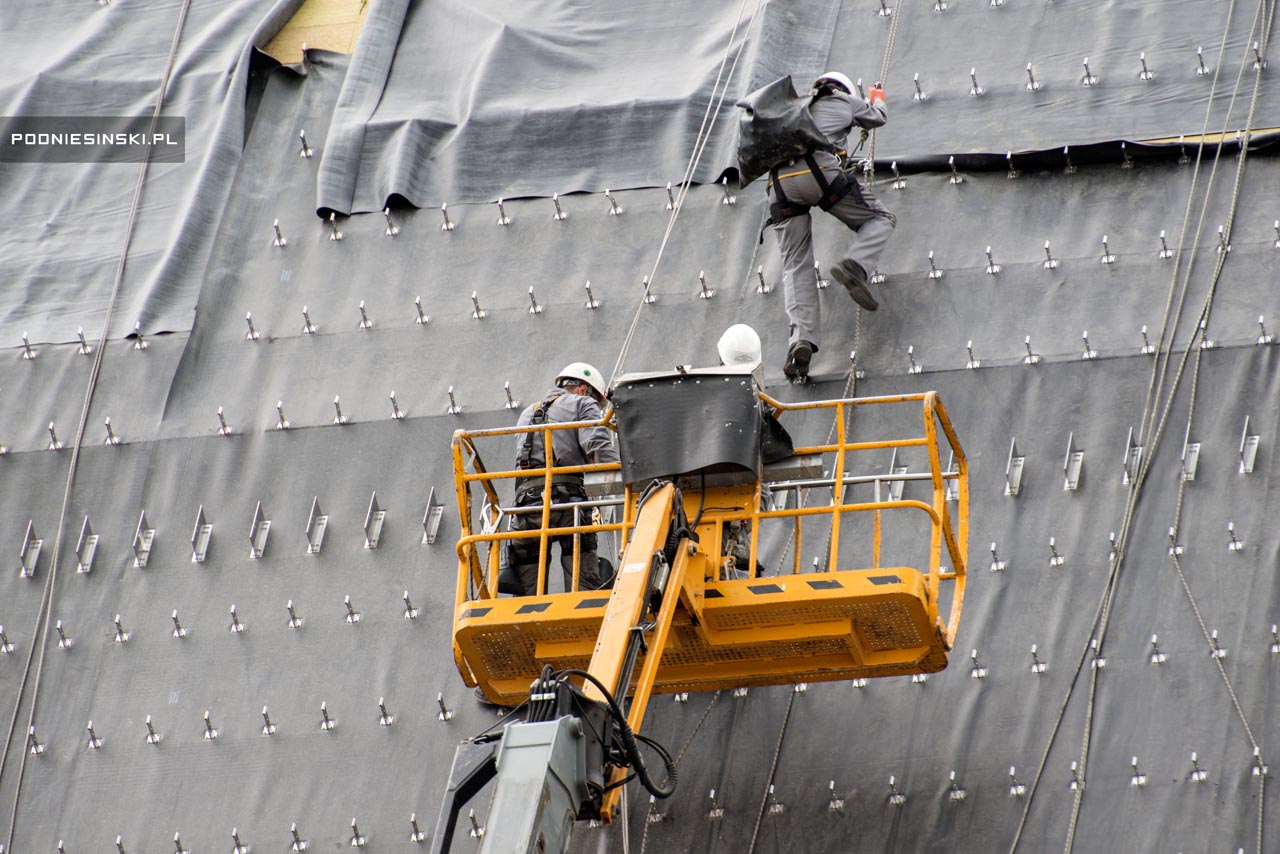
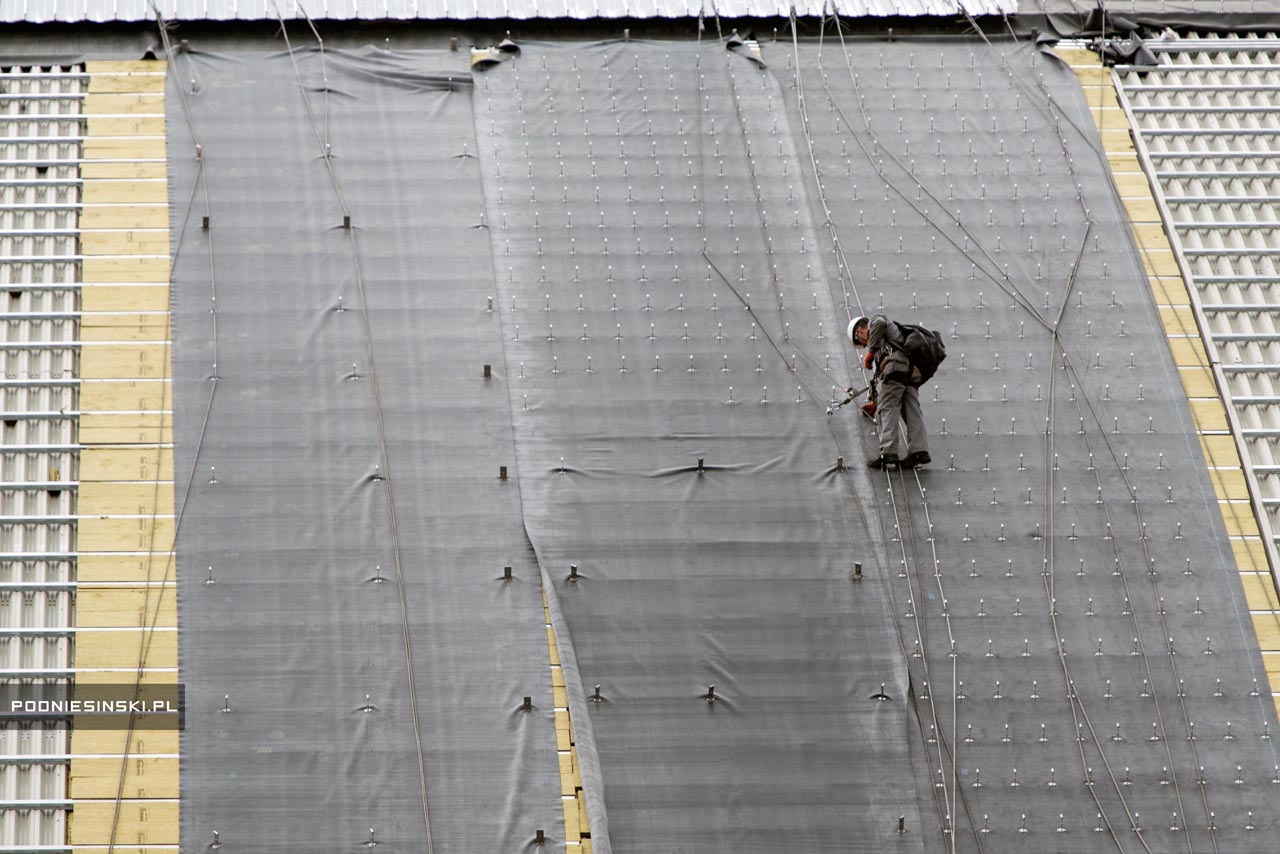

Thank you very much!!! Yor work is useful and daredevil ;)